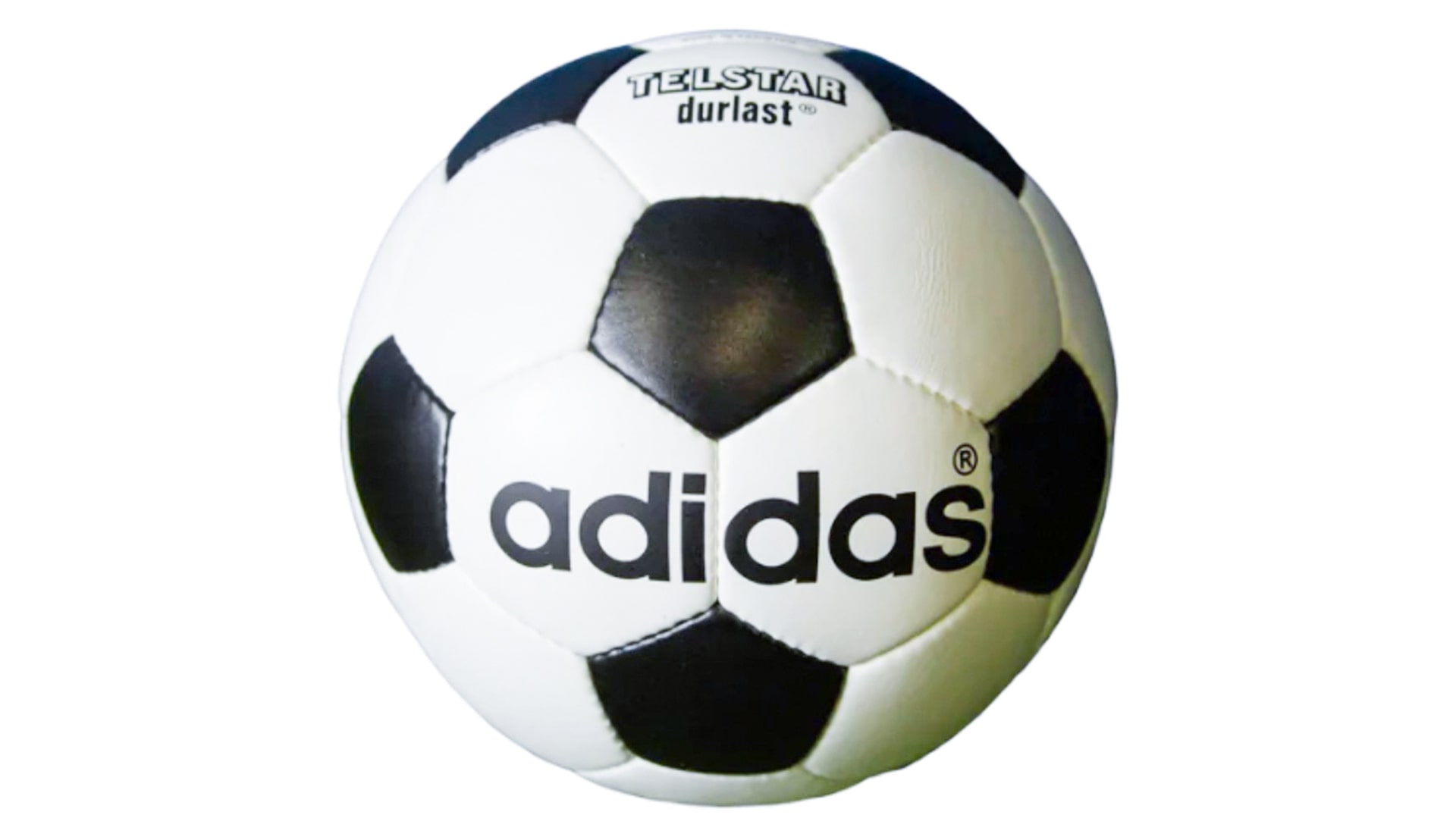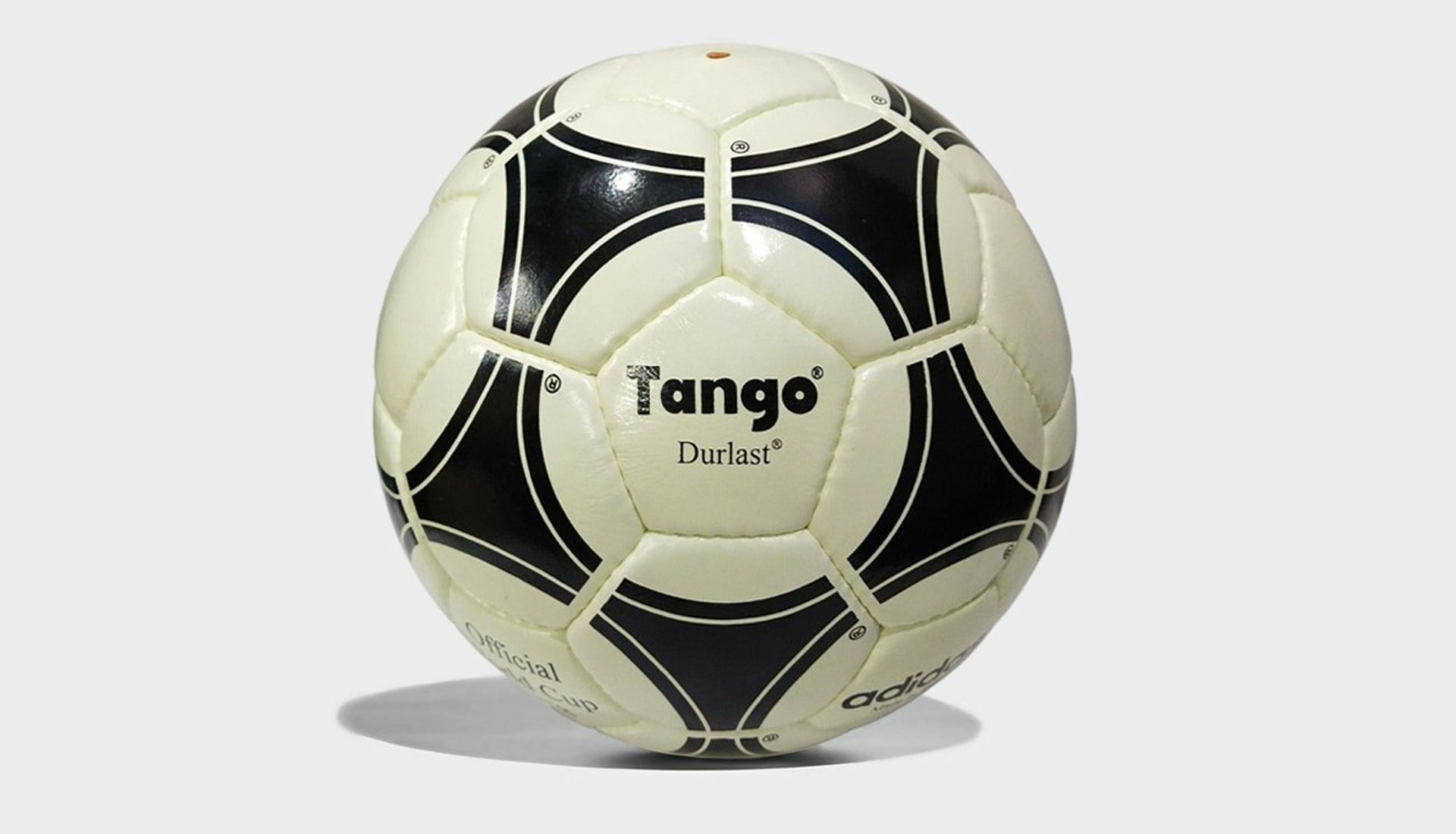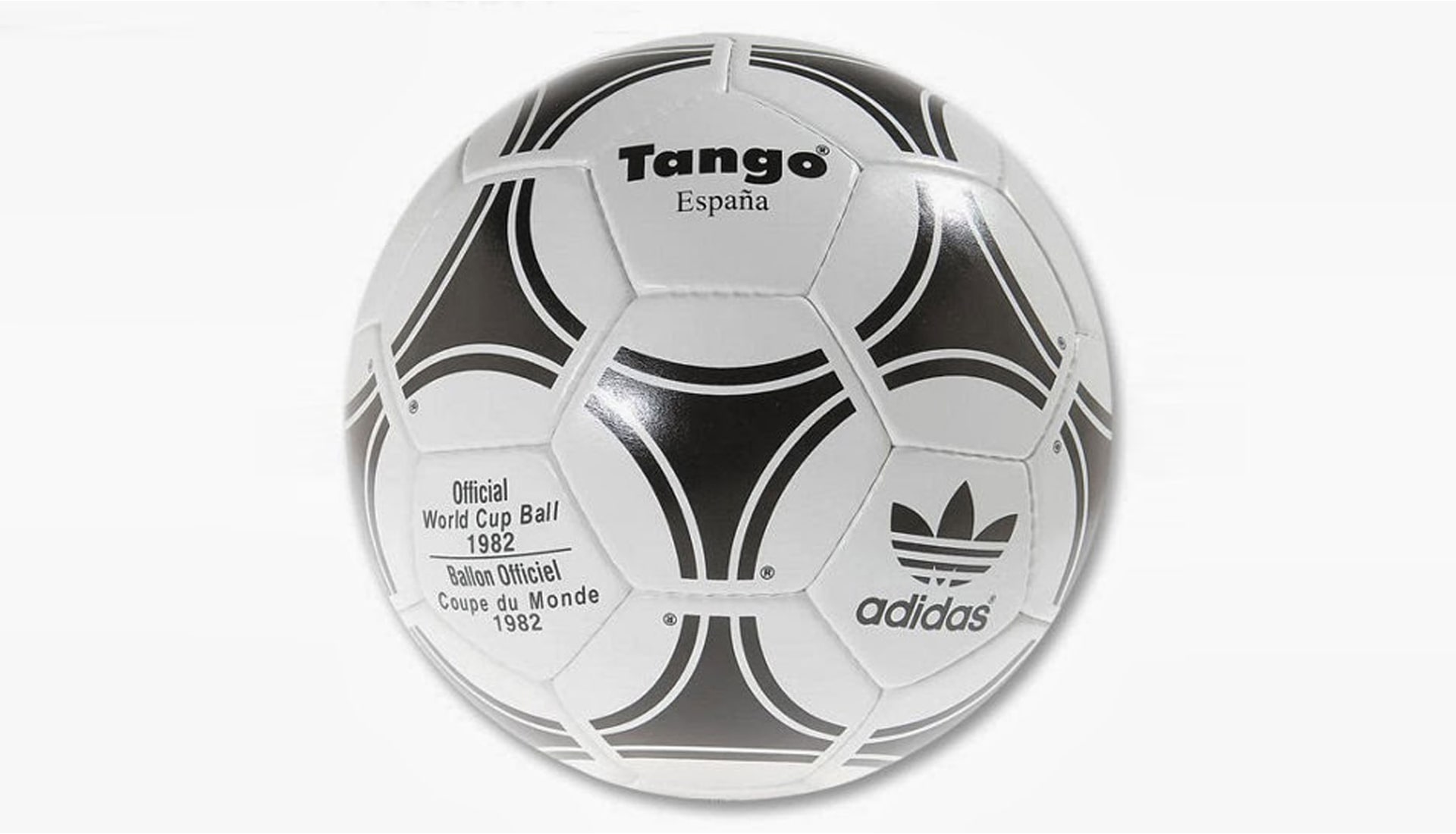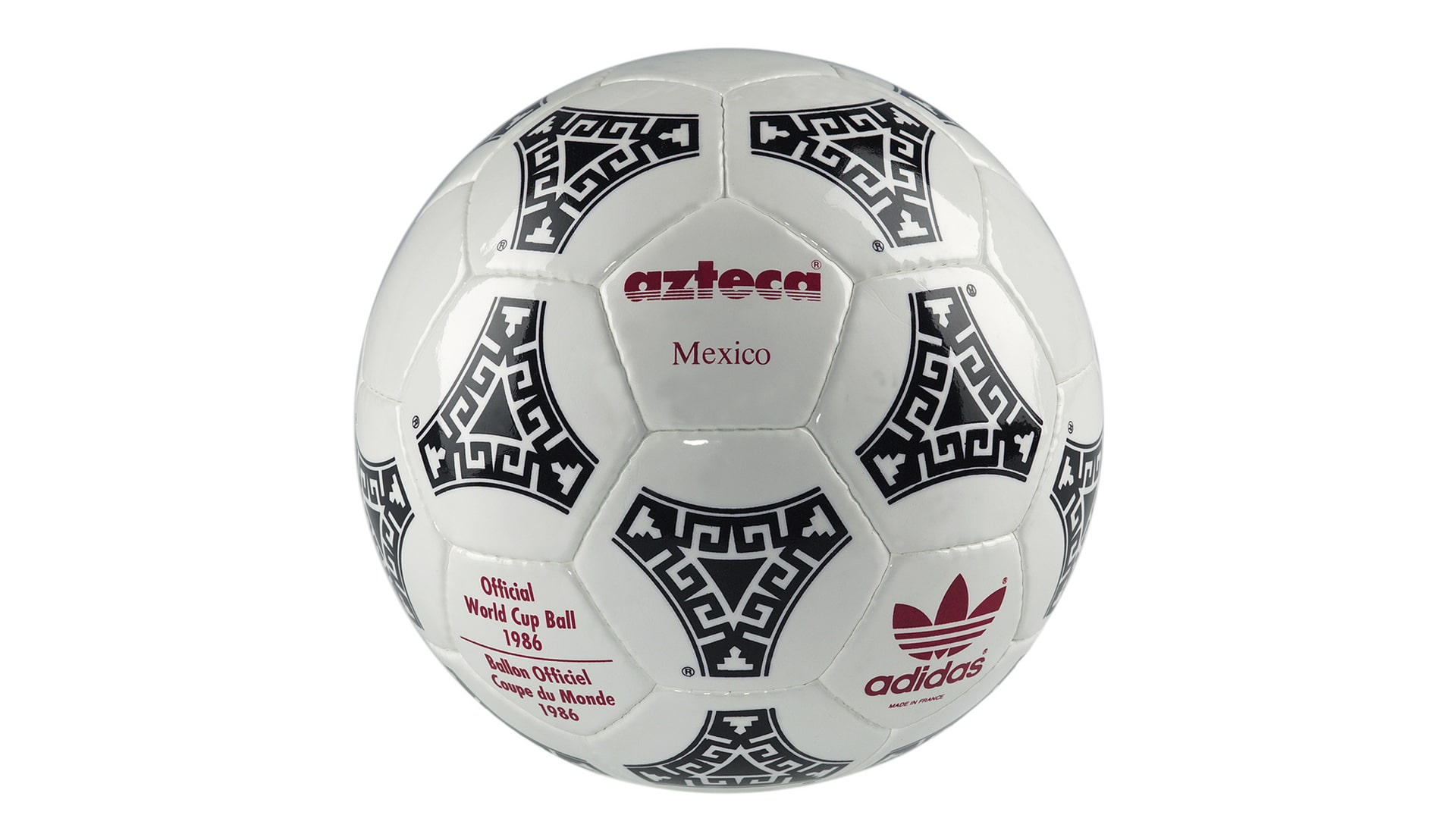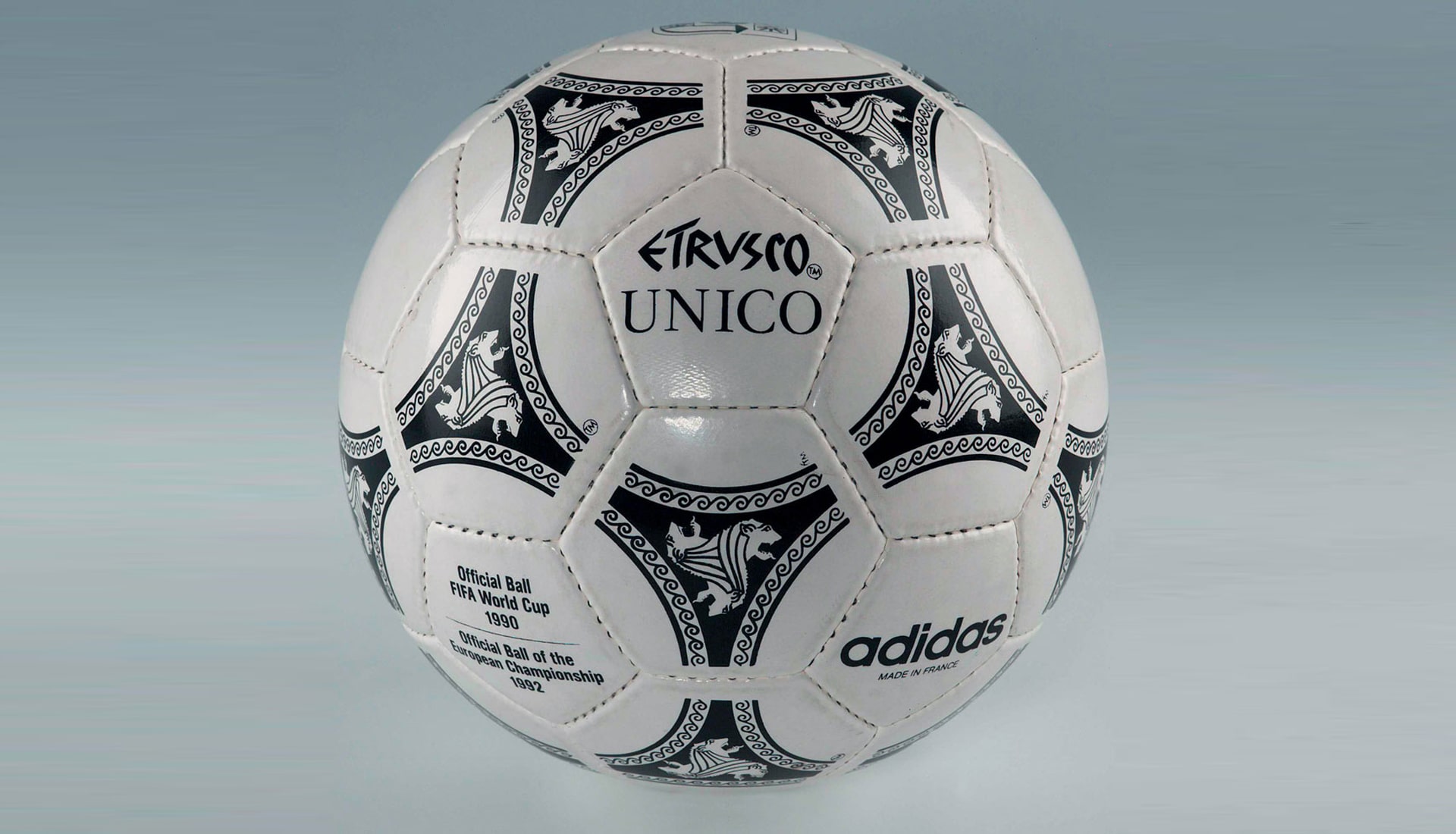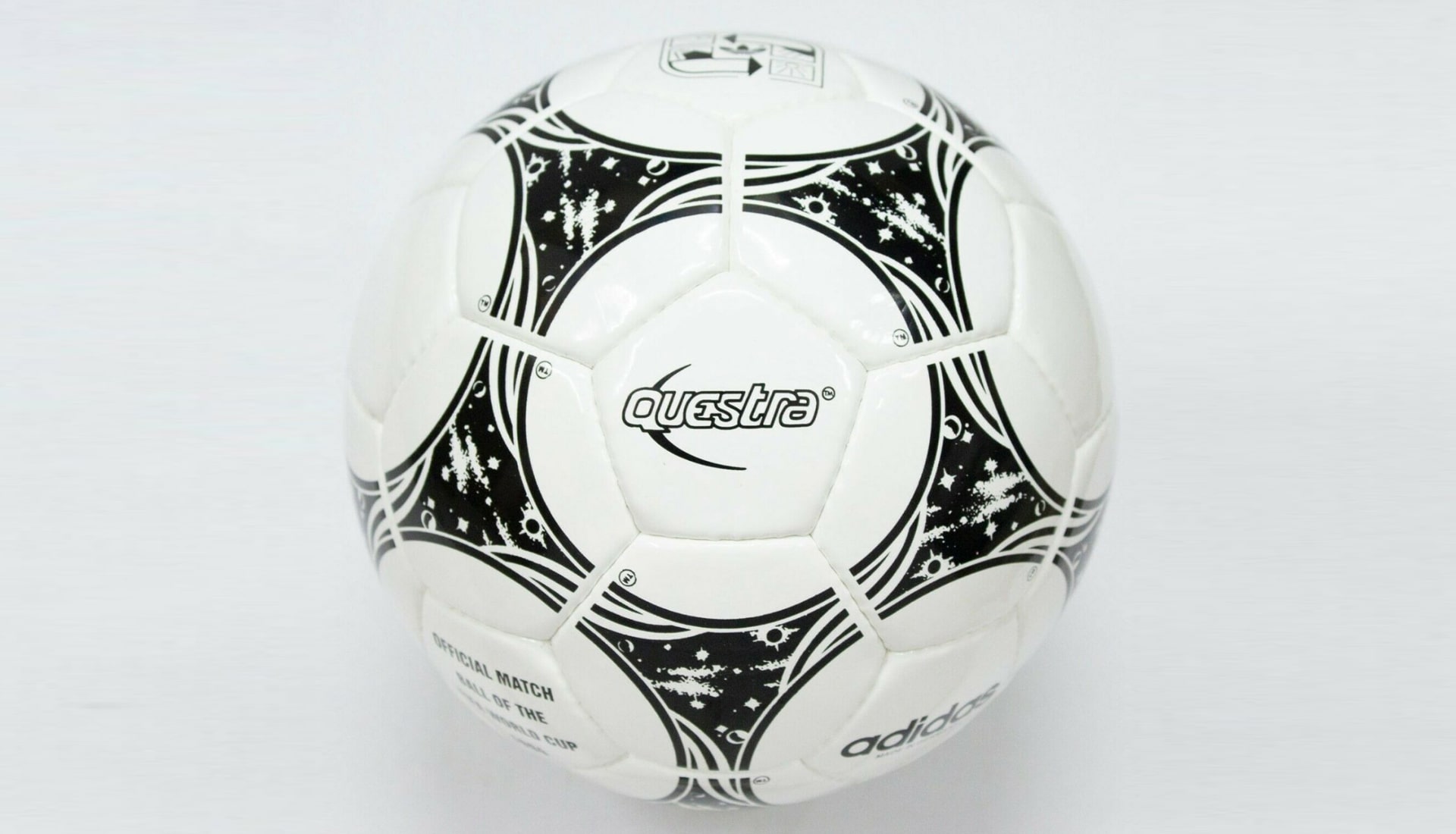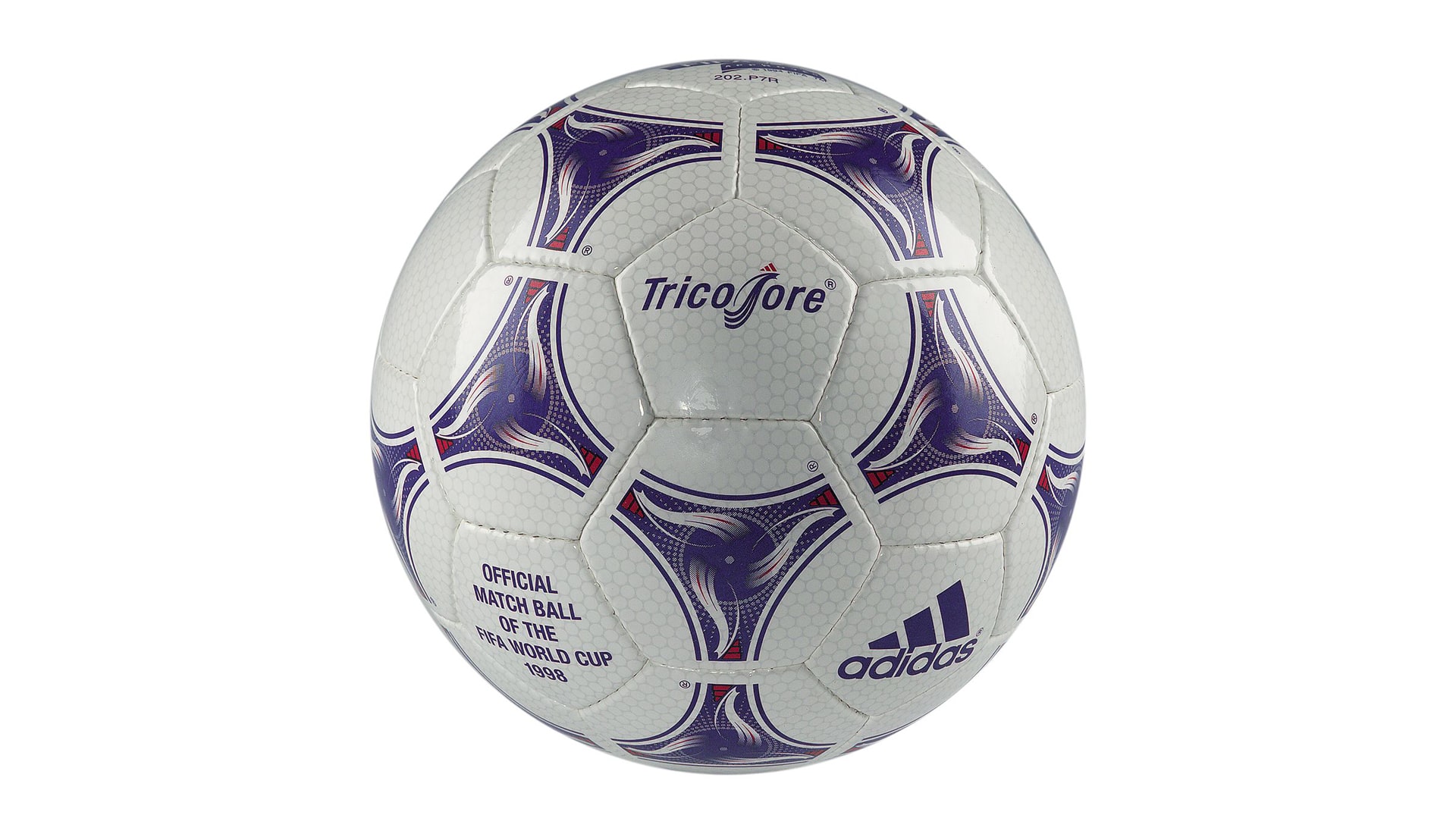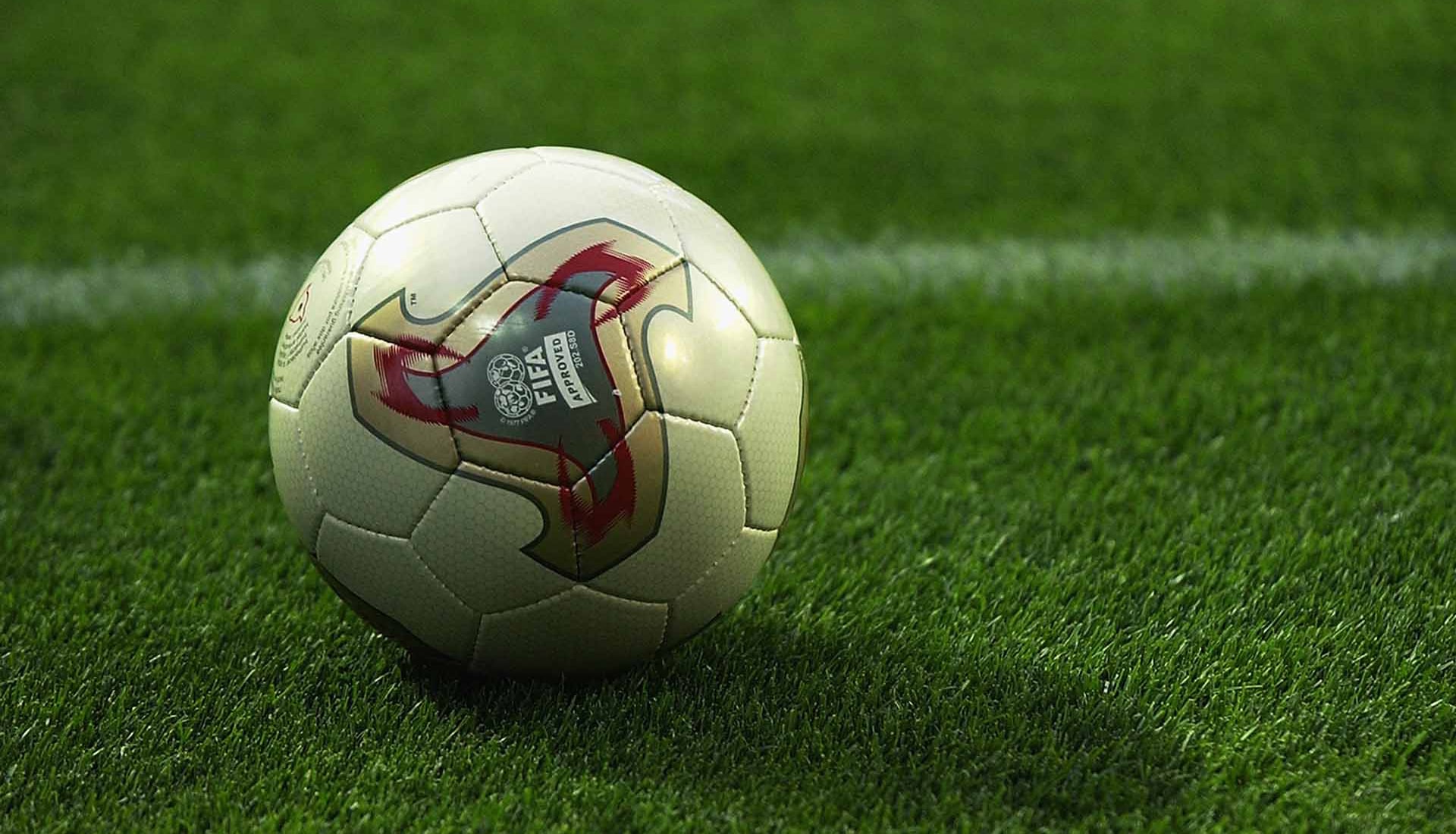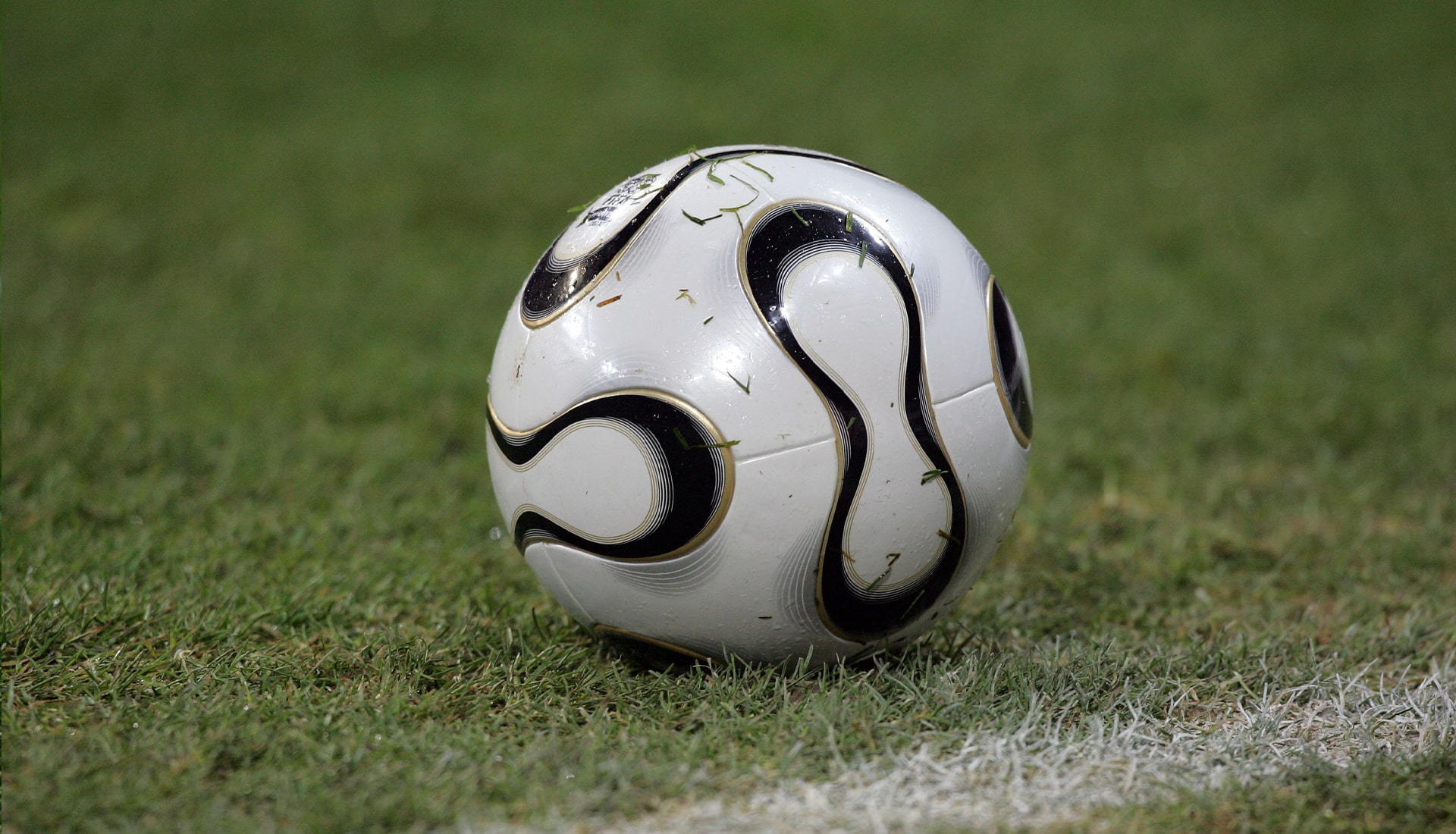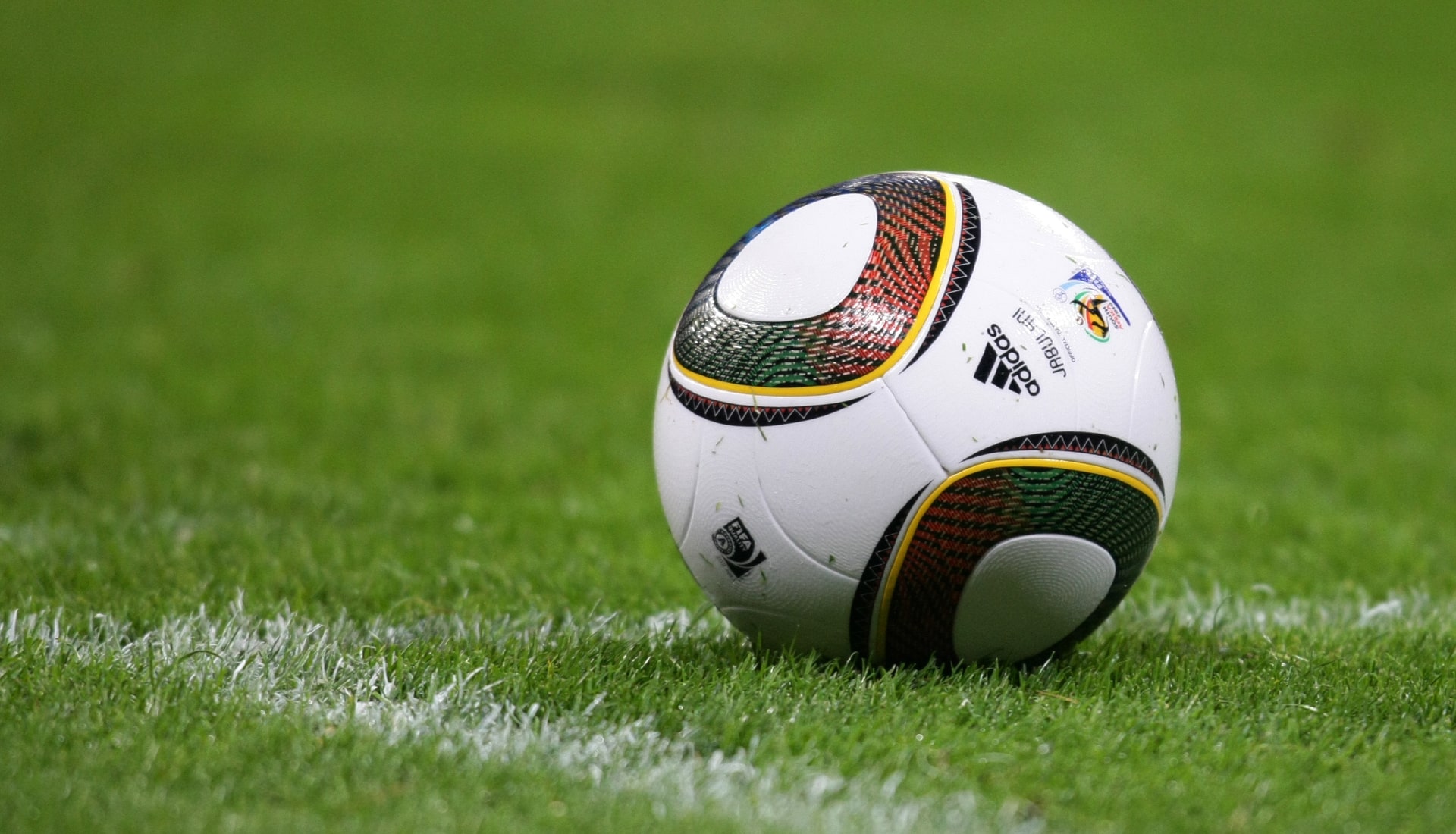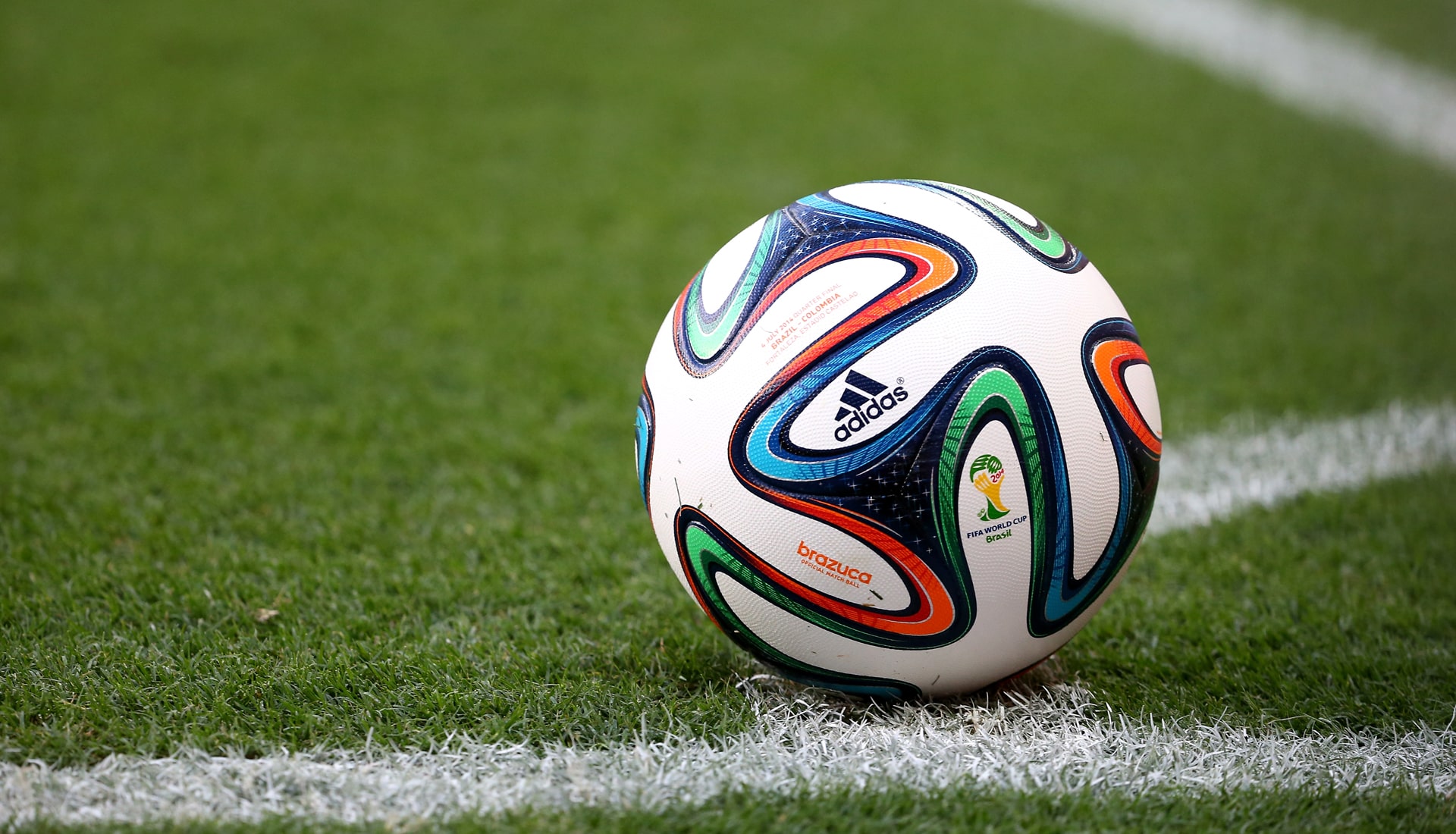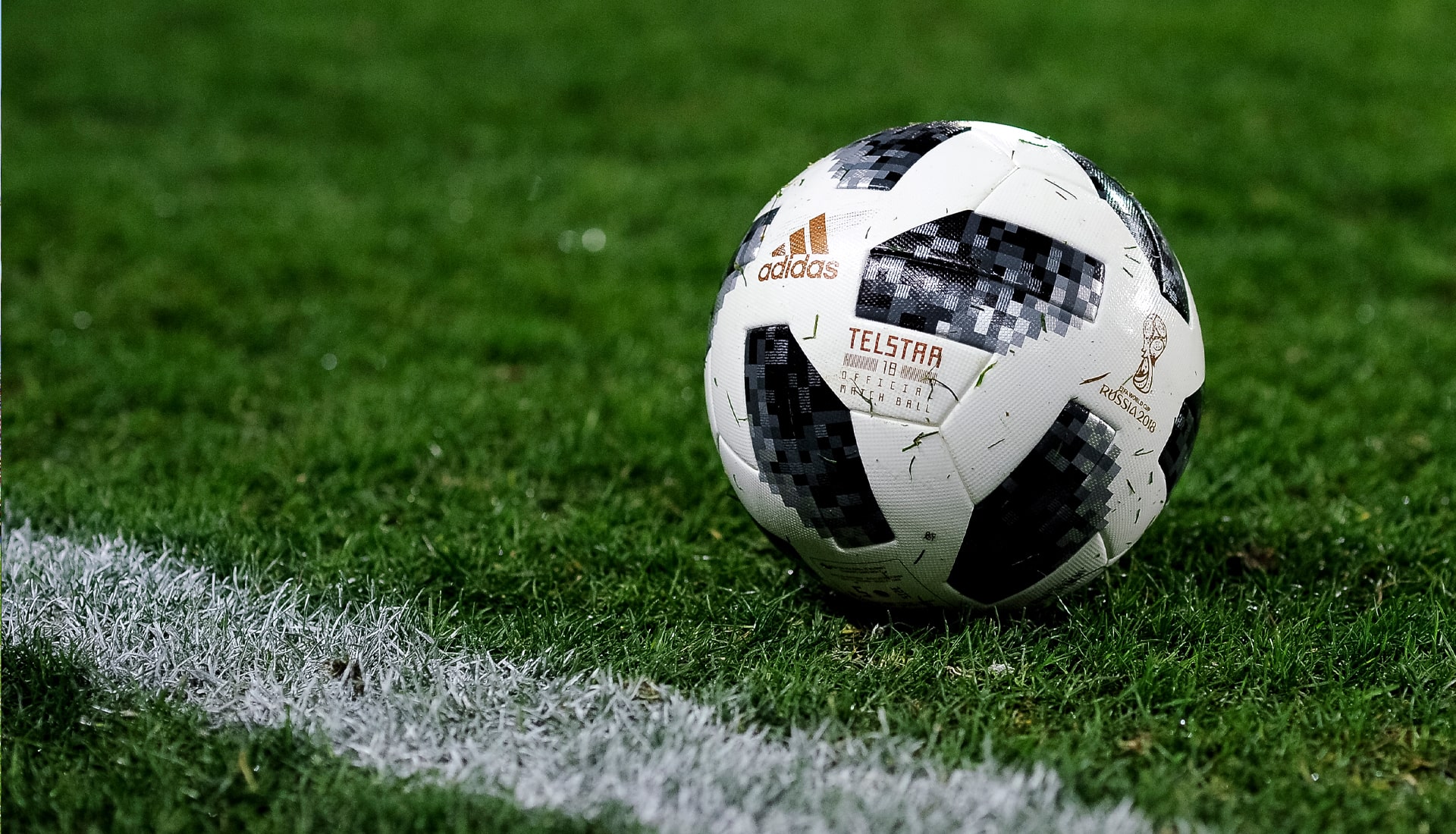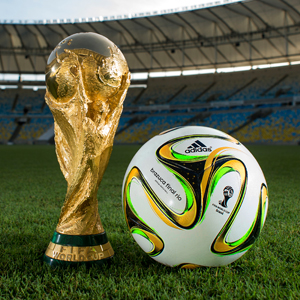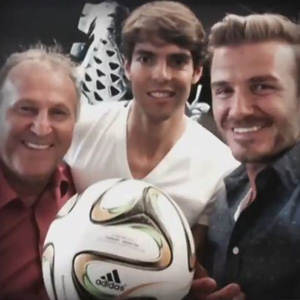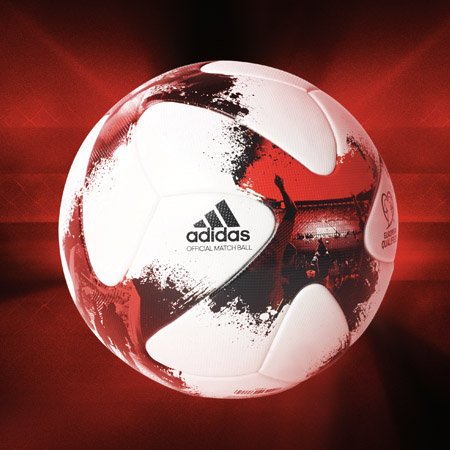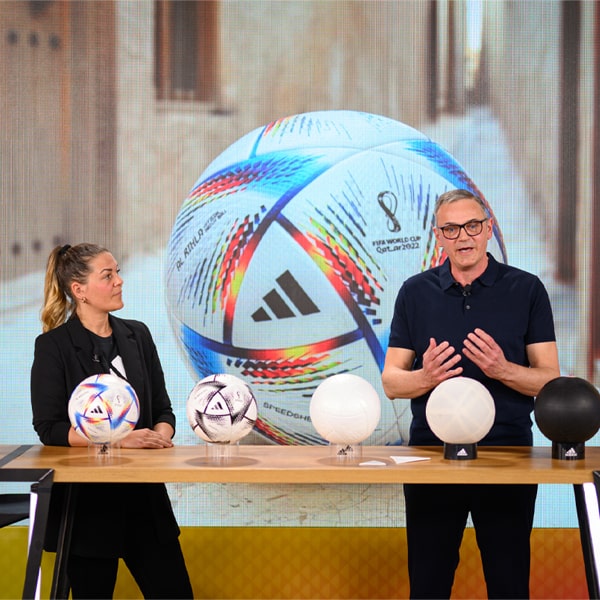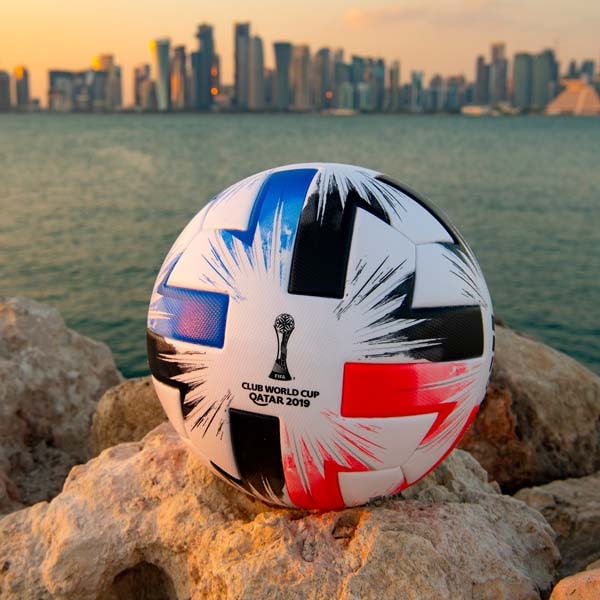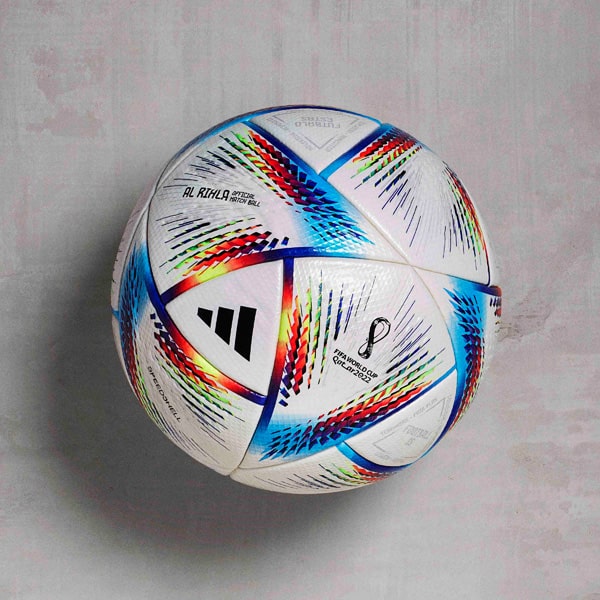Adidas have just unveiled ‘Al Rihla’, the official match ball of the Qatar 2022 World Cup, and it arrives as the latest in a long line from the Three Stripes, one that stretches back over half a century. So what better time to take a look back at a legacy that takes in 13 previous models and countless moments of magic…
To start off then, here’s a question for you: who made the official match ball for the World Cup before adidas?
Take your time.
Tricky one, right? It’s tricky because the Three Stripes have become synonymous with World Cup footballs ever since their debut effort, the Telstar, was stroked effortlessly across the full length of the pitch by Pele and co, before being emphatically swept into the net by Carlos Alberto as Brazil beat Italy to win the tournament back in 1970. (Kudos to those of you that can remember the Slazenger Challenge 4-Star from 1966 by the way.)
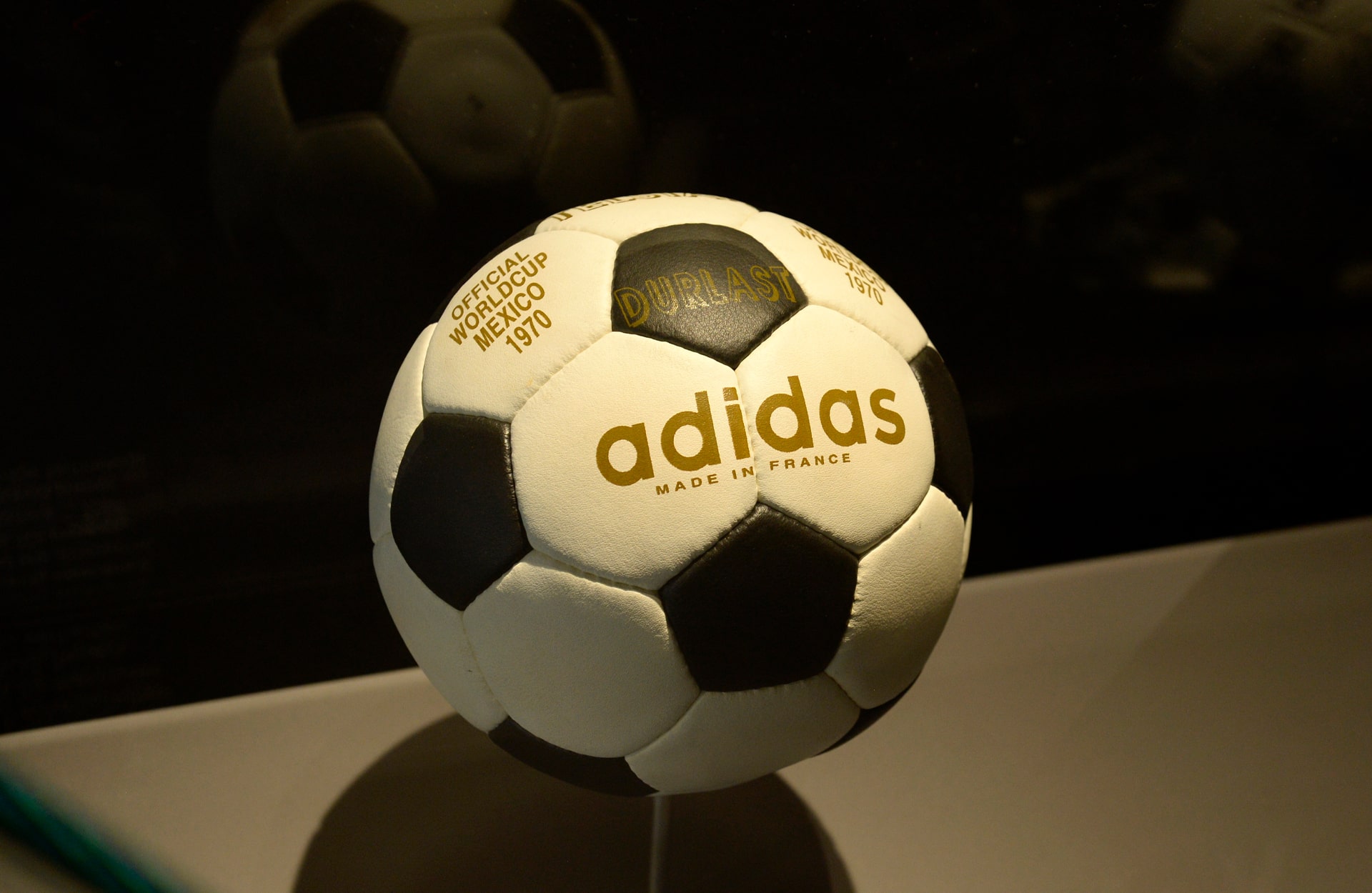
The Telstar became so recognisable that the 32-panel design, consisting of 12 black pentagonal and 20 white hexagonal panels and designed as such for visibility on black and white TV (hence the name, television star), became the standard way to portray a football in most media formats. Look up the word football in a dictionary and there will be a picture of a Telstar (if it’s a kids’ dictionary that is. You know, one that has pictures and stuff.) Or simply check out an emoji for a football.
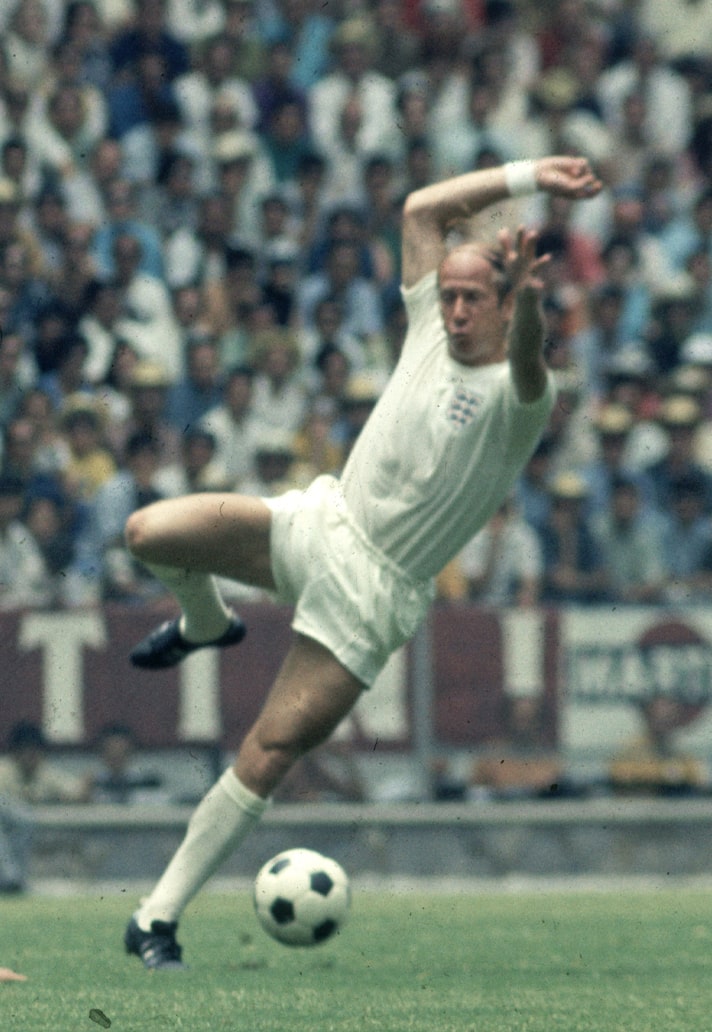
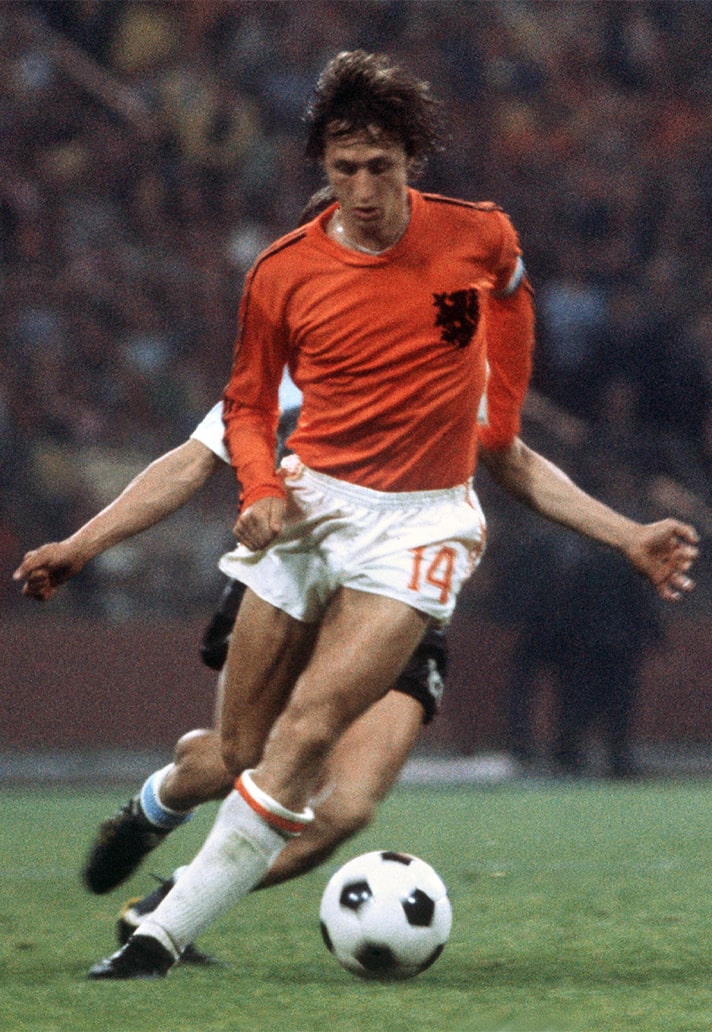
But the story of adidas balls and the World Cup doesn’t stop there, far from it. Looking back at memorable World Cup moments over the last half a century, whether good or bad, only serves to highlight the intrinsic link between the two. In 1974 for example, with the Telstar Durlast at his feet, Johan Cruyff created one of the most iconic moves the game has ever seen – so much so it was named after him – when he sold Jan Olsson the mother of all dummies with the subtlest of swerves.
Then, in 1978, the World Cup saw the introduction of the Tango, a design that didn’t fundamentally change until 2002. It’s the ball with which Archie Gemmill scored his worldy against the much vaunted Dutch – Mark Renton wouldn't feel that good again until he met Diane.
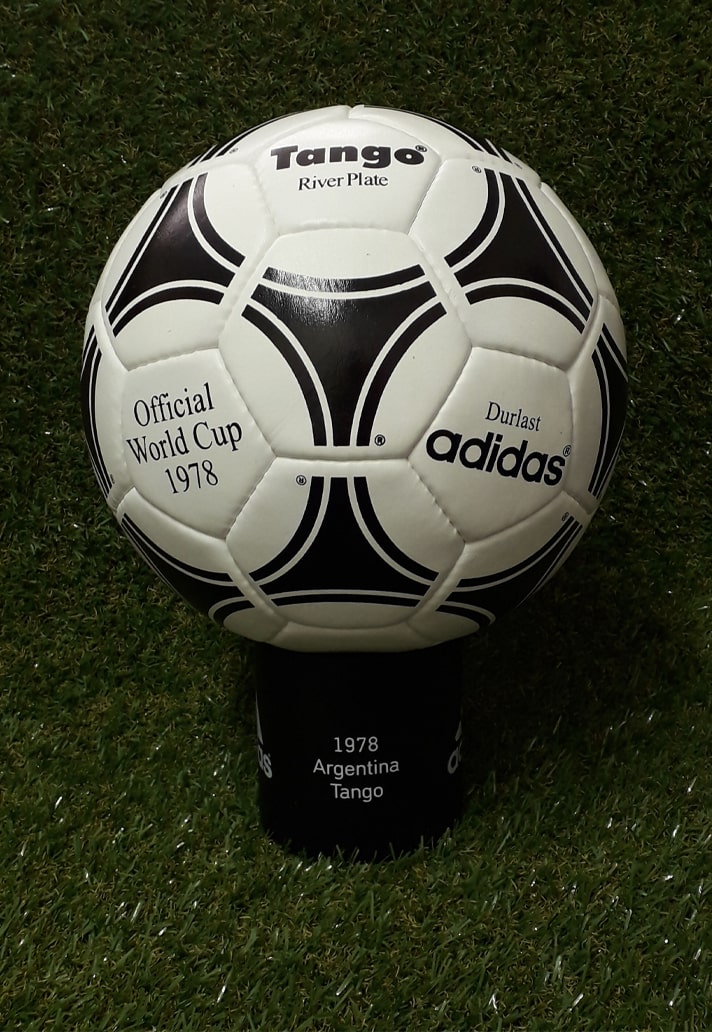
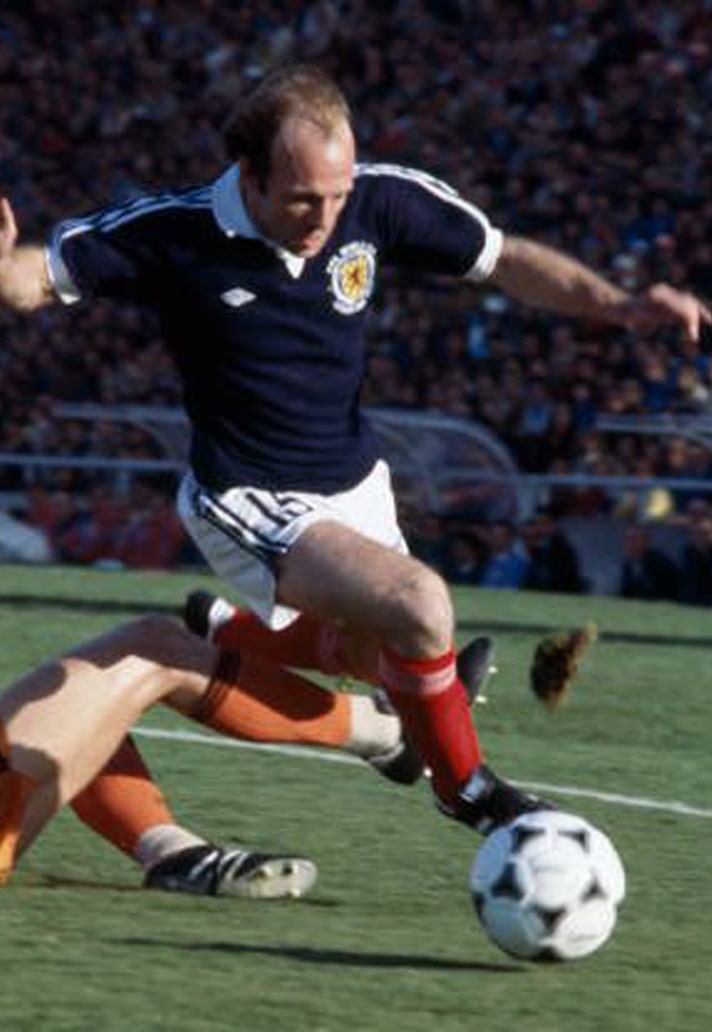
For 1982, the Tango Durlast became the Tango Espana. It arrived with new and improved rubberised seams and marked a historic point in the history of World Cup balls, being the last leather ball to be used in the tournament. Fair to say that Italy's golden boy Paolo Rossi was a fan, grabbing a hat-trick in a memorable match against Brazil. The Azzurri would go on to lift the trophy for the third time.
Following that, the Azteca, official ball of Mexico ’86, would forever be linked to two defining moments in one match: one infamous, one sublime, and both orchestrated by a little Argentinian magician. No, not Messi you millennials. Of course, we’re referring to the late, great Diego Maradona, and while his second goal comfortably sits amongst the best World Cup goals of all time, his first, notoriously known as the “Hand of God”, typified his ability to create controversy as he fisted the Azteca past the despairing Peter Shilton.
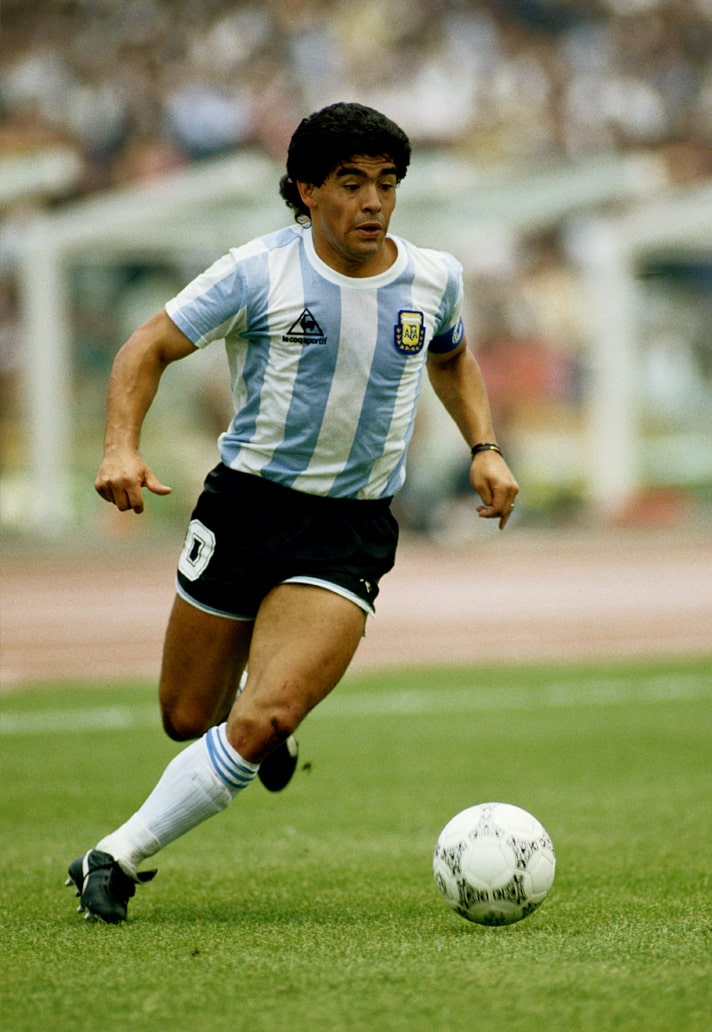
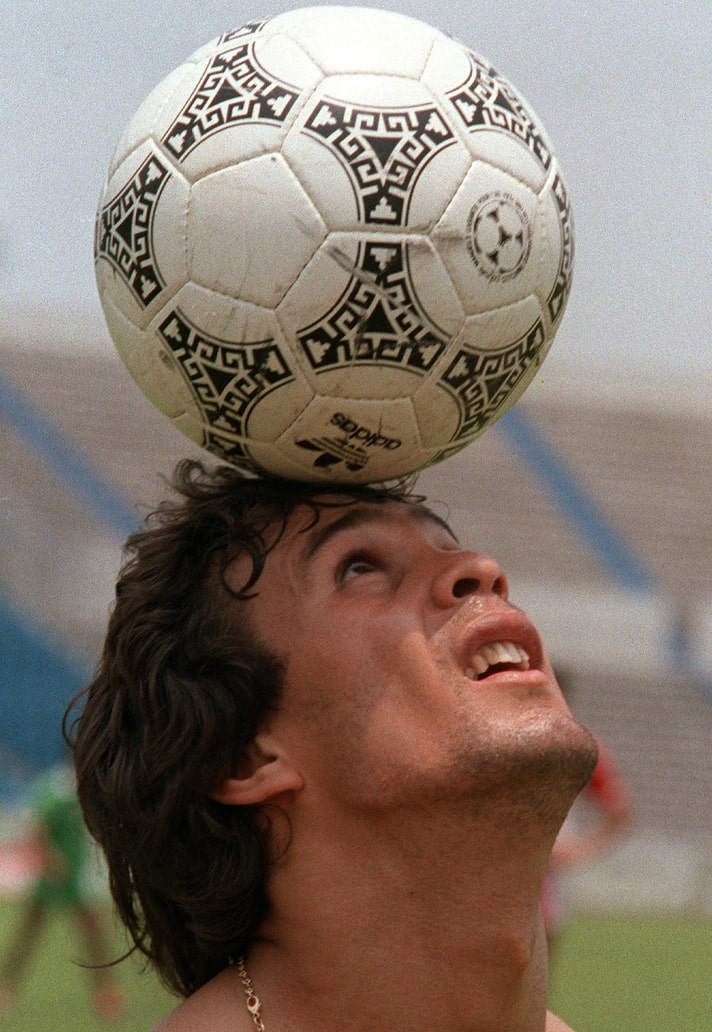
Italia ’90 is memorable for so many reasons: Gazza’s tears, Roger Milla’s celebration, Frank Rijkaard flobbing on Rudi Voeller, or Lothar Matthaus collecting the Etrusco Unico well inside his own half, bursting through the midfield before skipping past a lunging challenge with a subtle deftness then reverting to the blunderbuss approach, lashing a low shot past the keeper.
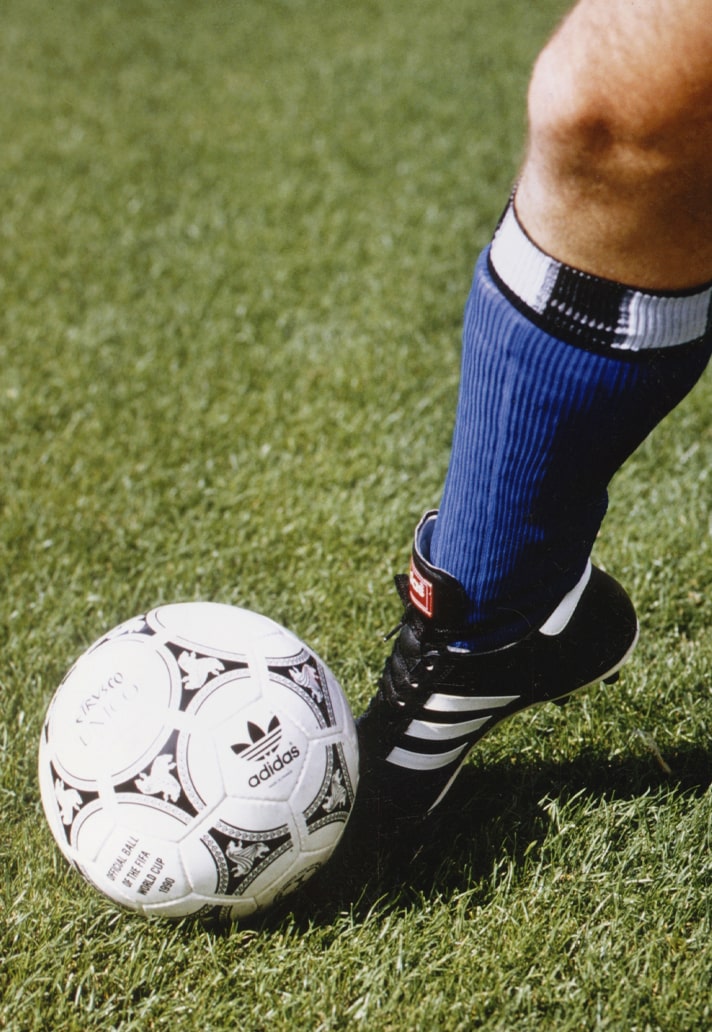
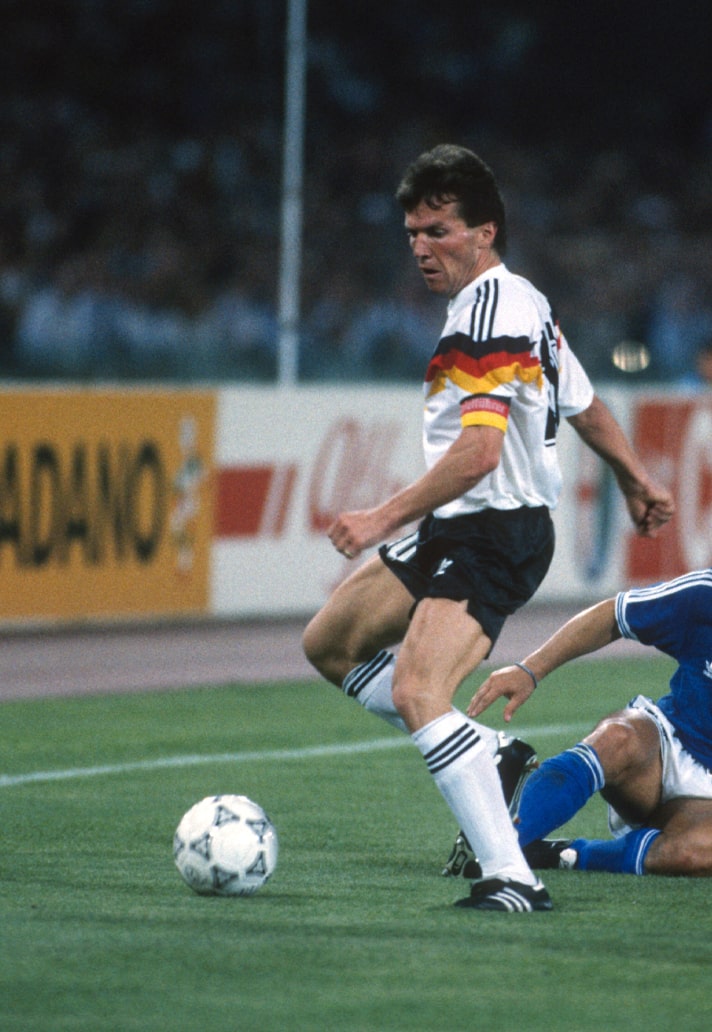
It’s these iconic instances that elevate adidas official World Cup match balls above any other footballs, granting them their own iconic status. Whether it’s Baggio blasting the Questra over the Brazilian bar in ’94 or Owen slaloming through the Argentinian defence before sumptuously slamming the Tricolore (famed for being the first time a colour other than black and white was used, with the graphic taking on a blue colouring with hints of red, all on that white base to tie in with the flag that it was named after) past the stranded keeper in ‘98, every moment helps create and build the mythology of the ball. Without these moments each ball is just that: another ball.
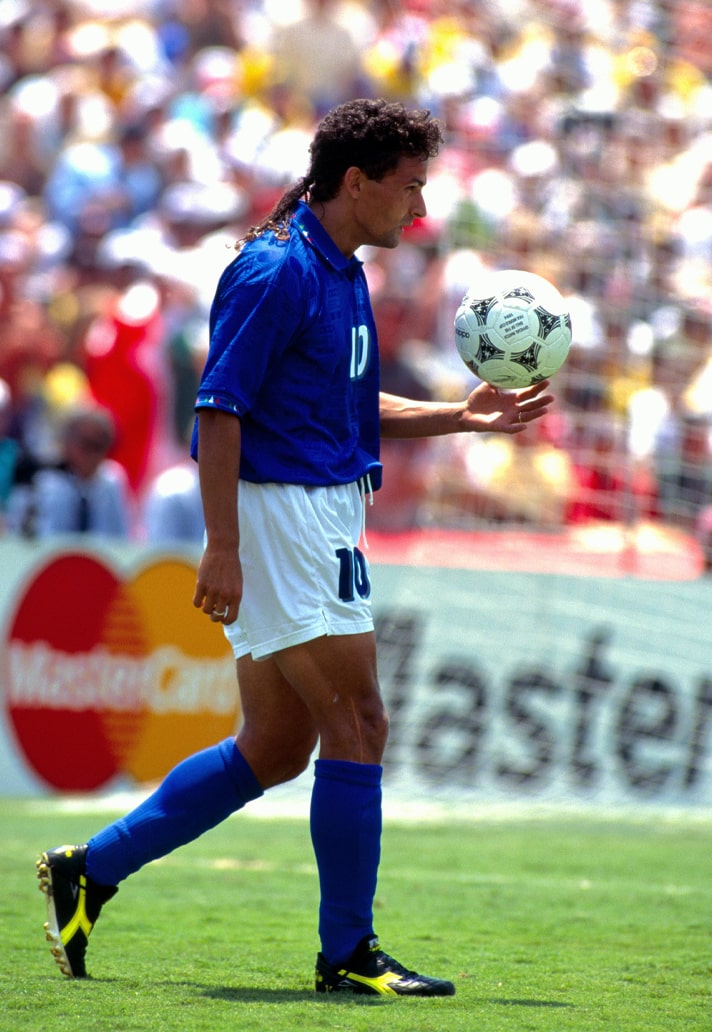
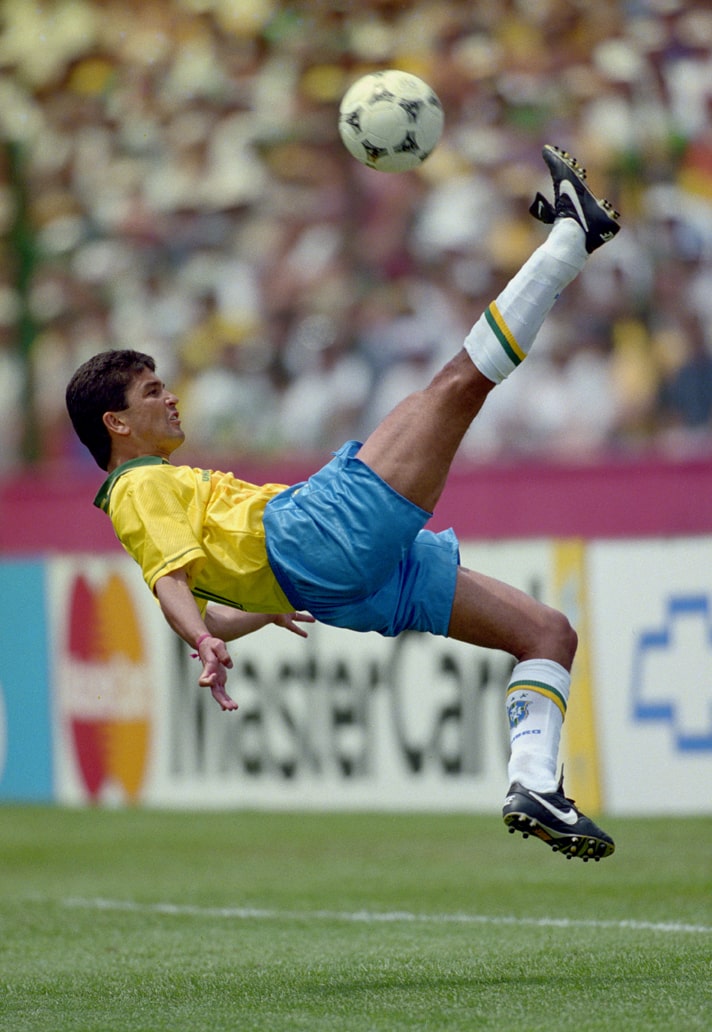
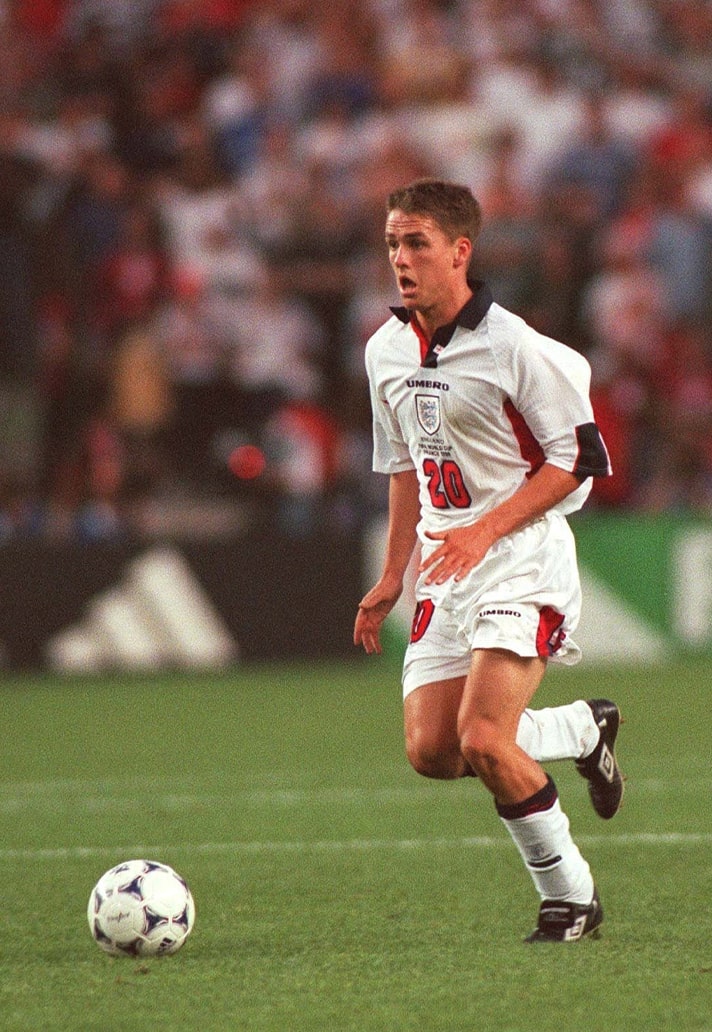
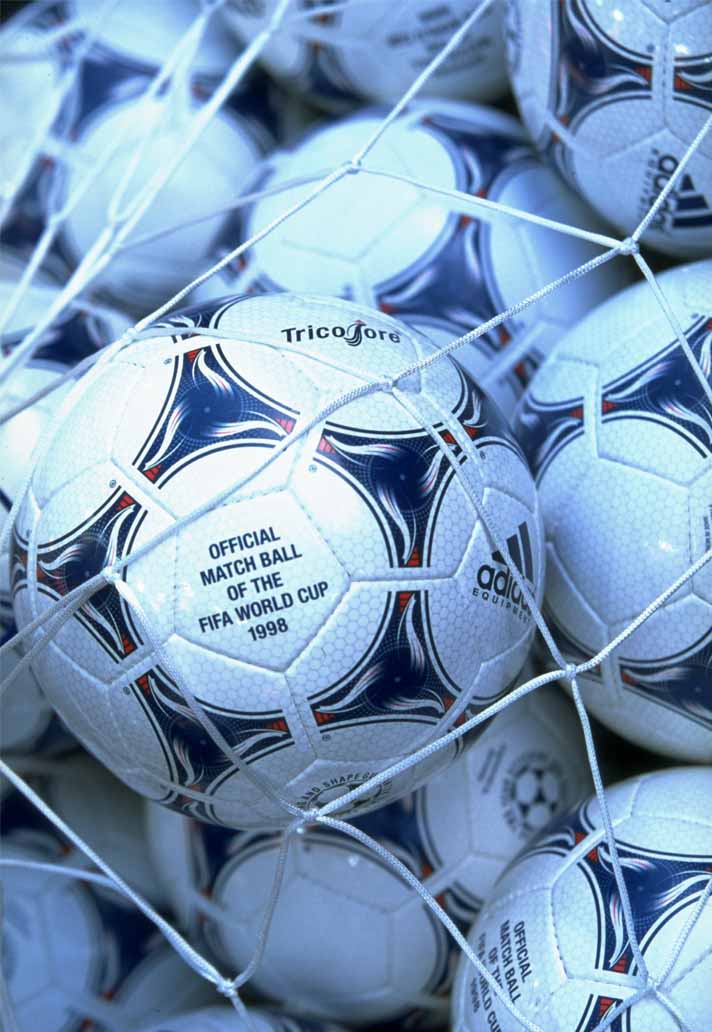
Flash forward four years and there was the Fevernova; the ball with which Beckham banished his demons from France when he blasted it into the back of the net from the spot against Argentina. With its golden base and fire evoking graphics it was a ball that was so powerful that when Turkey’s Hakan Unsal kicked it at Rivaldo, striking him on the knee, he somehow felt its full force in his face. Cue comical rolling around on the floor that Neymar must’ve taken note of.
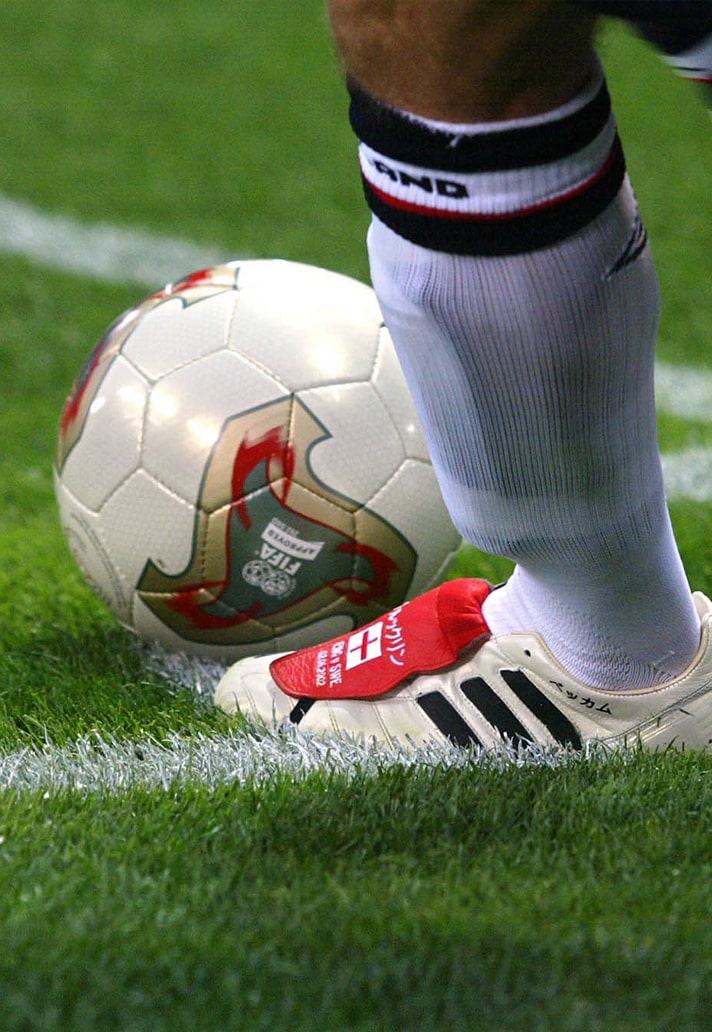
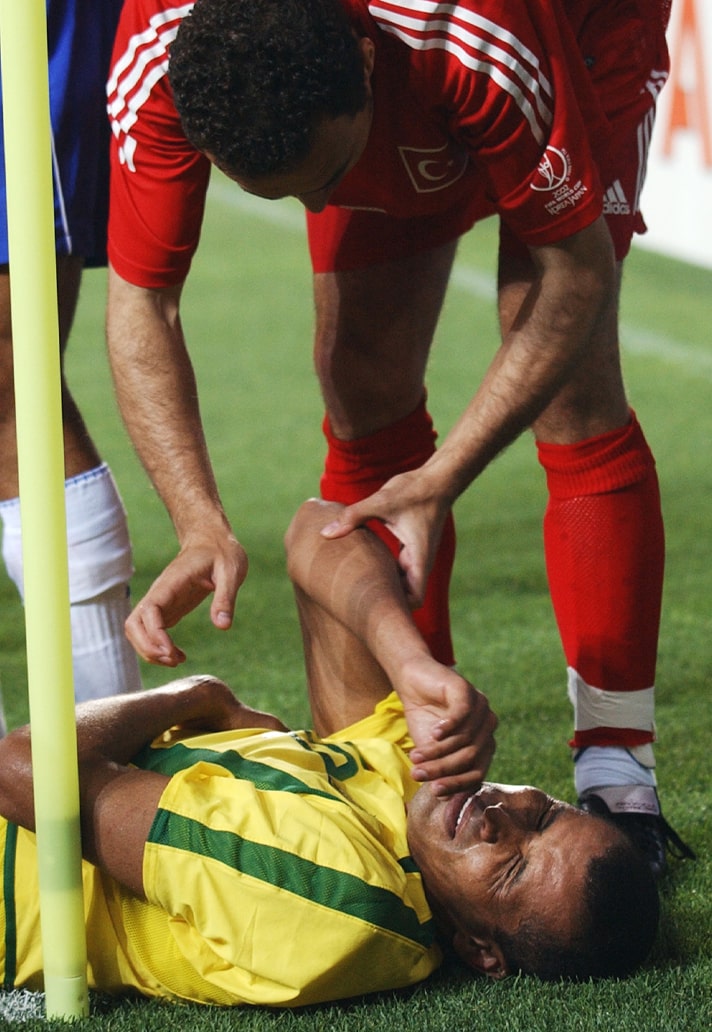
What would 2006’s divisive +Teamgeist be without Maxi Rodriguez chesting it down and then volleying it home from outside the box against Mexico in sublime fashion, or Alessandro Del Piero’s perfectly executed chip into the top corner that broke German hearts and sent the hosts crashing out of the tournament?
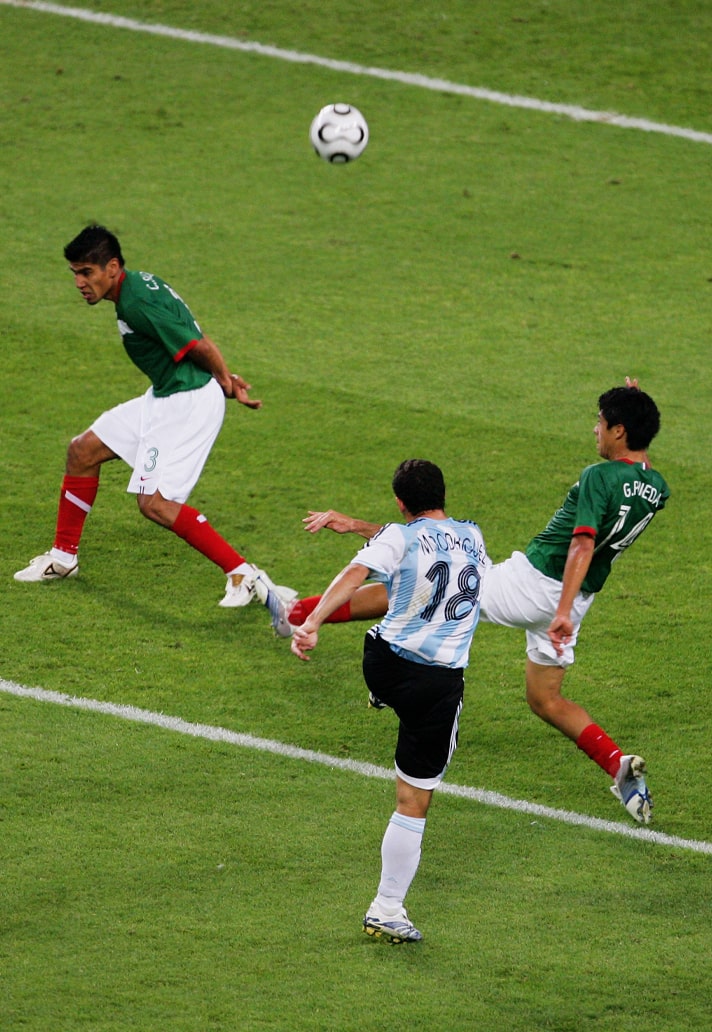
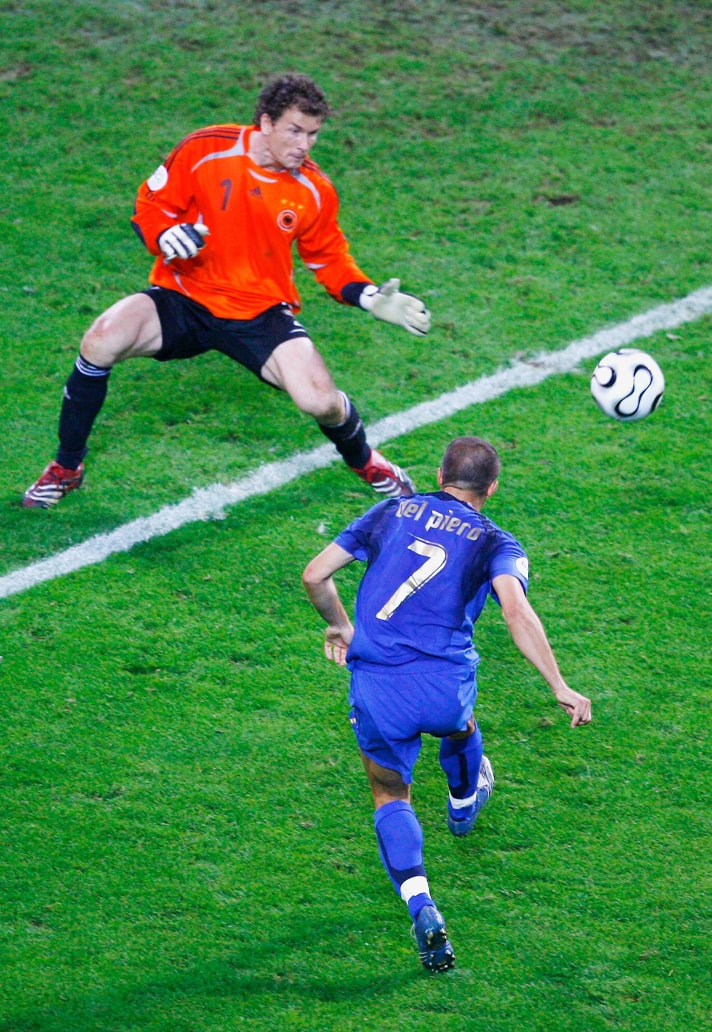
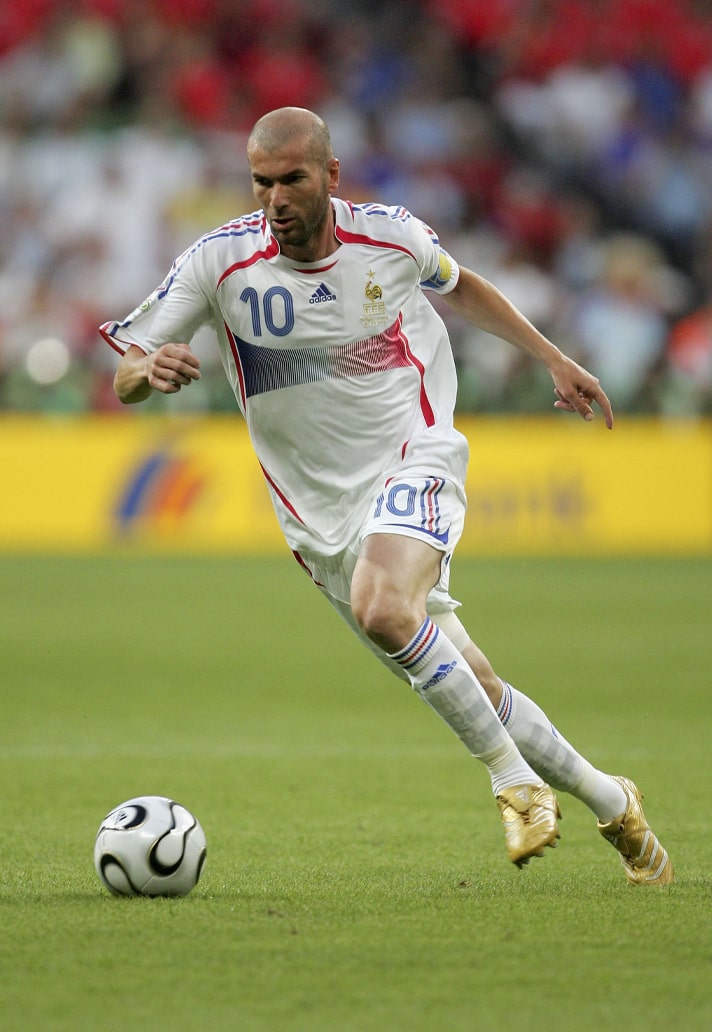
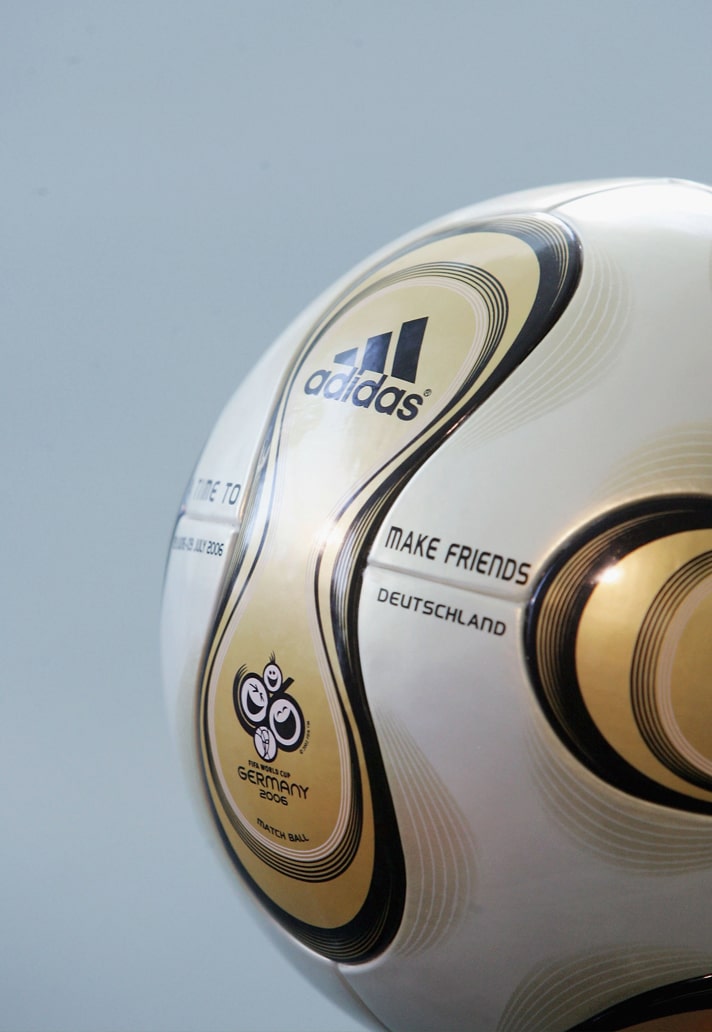
And who can forget 2010’s controversial Jabulani, which arrived to a cacophony of vuvuzelas. Despite a design that was intended to improve its aerodynamics, the ball received scathing criticism from the goalkeepers’ union, being unfavourably compared to a beach ball. But we all remember Gio van Bronckhorst sending an absolute rocket into the very top corner of the Uruguayan net during the semi-final with it. Bet he wasn’t complaining. Tell you who was complaining though: all the England fans when Frank Lampard's effort crossed the line by about a metre and then span out, depriving England of the most obvious goal in World Cup history in the quarter-final against Germany. Not bitter though.
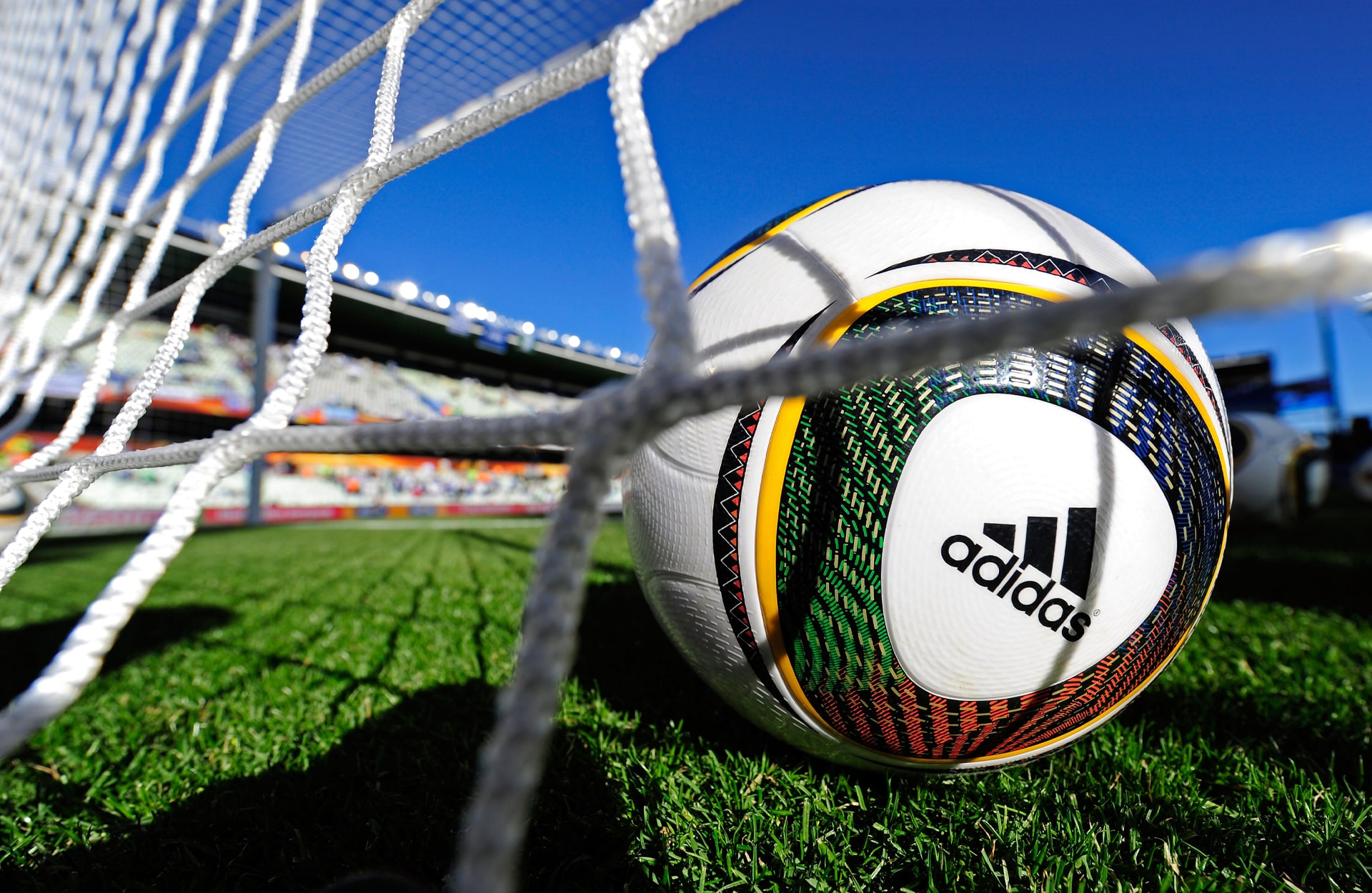
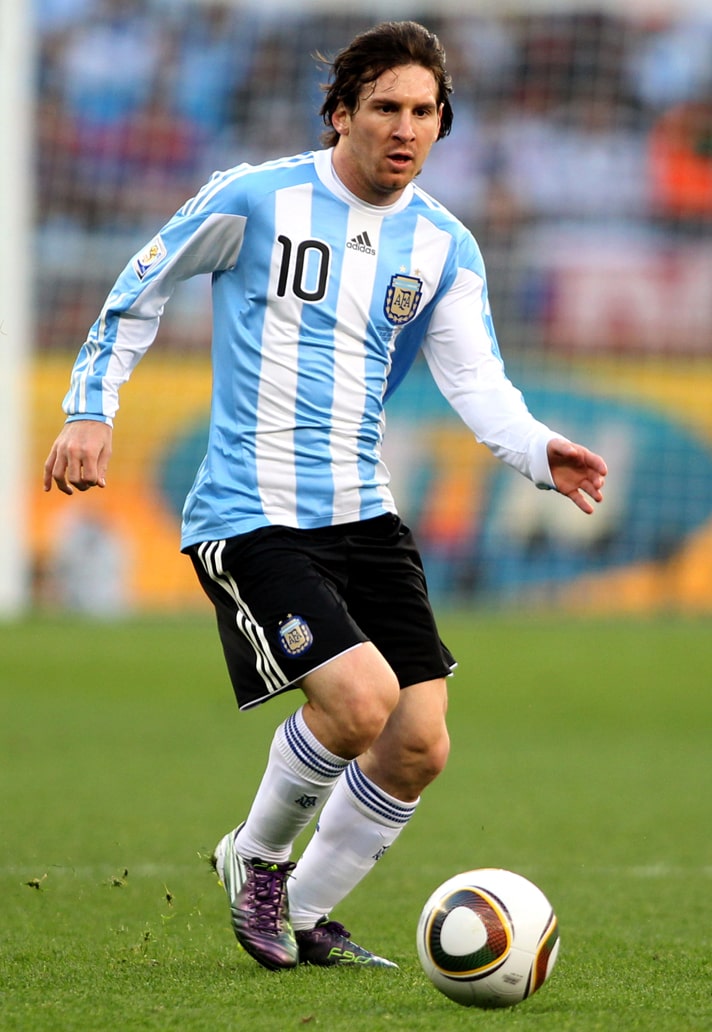
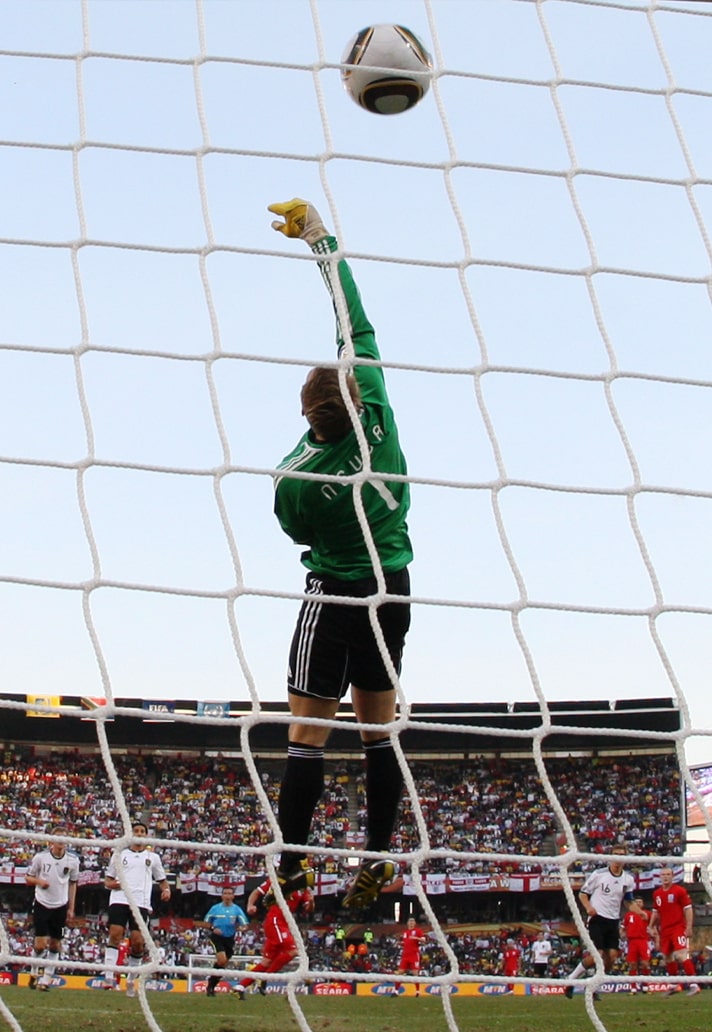
The Brazuca from the 2014 World Cup lays claim to possible the best name of all, voted for by an overwhelming 77% of Brazilians in an open vote. Can imagine they may regret their choice somewhat after Germany used that Brazuca to absolutely destroy the home nation 7-1 in the semi final, imposing their fate from 2006 on the hosts in slightly more emphatic fashion.
So many great stories, so many great moments; it’s the moments that make the balls so special, and it’s the balls that make the special moments possible.
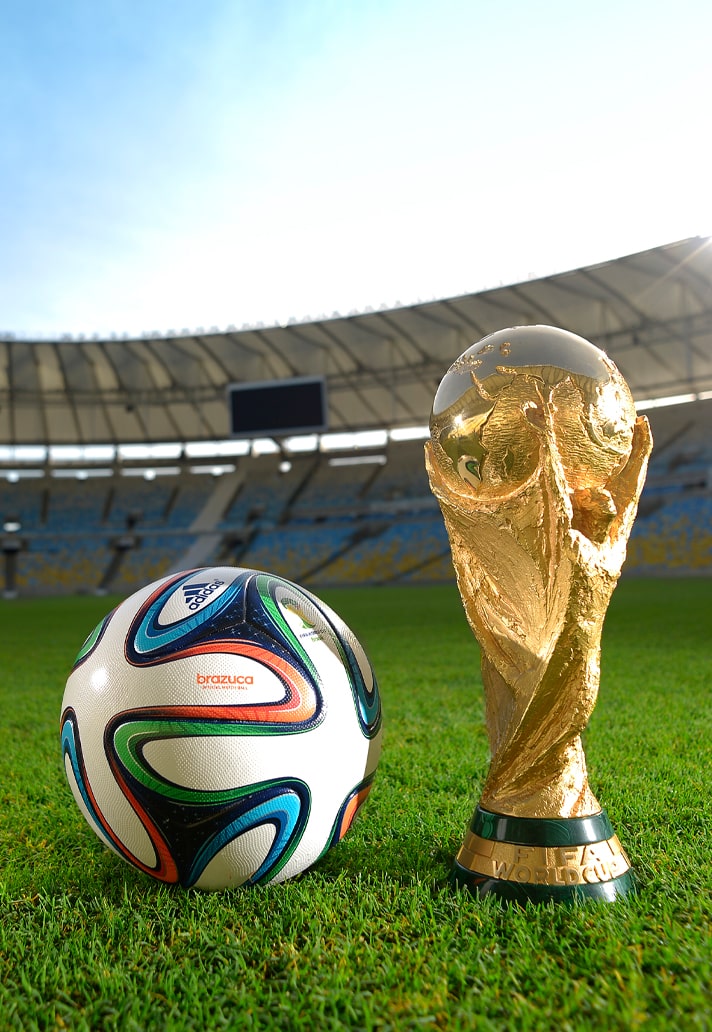
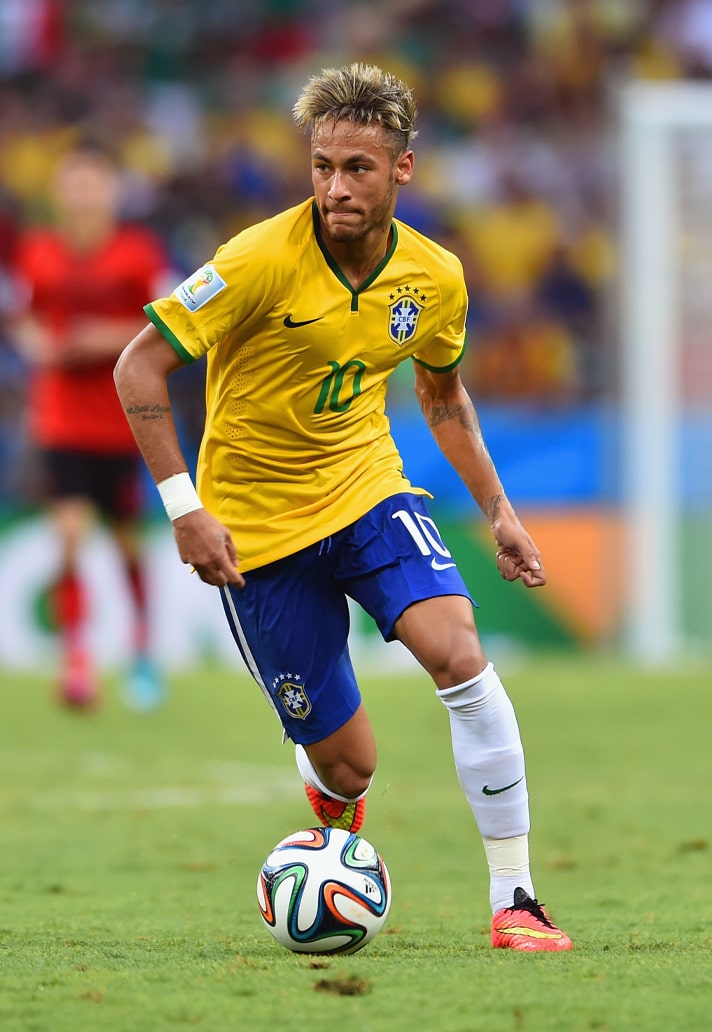
The last ball to grace a World Cup pitch was the Telstar 18 back in 2018 – what feels like a lifetime ago, pre-pandemic and when Russia was in the good books. Football was once again on the verge of coming home, with Harry Kane ending the tournament as the Golden Boot winner with an impressive six goals. He clearly enjoyed playing with the match ball.
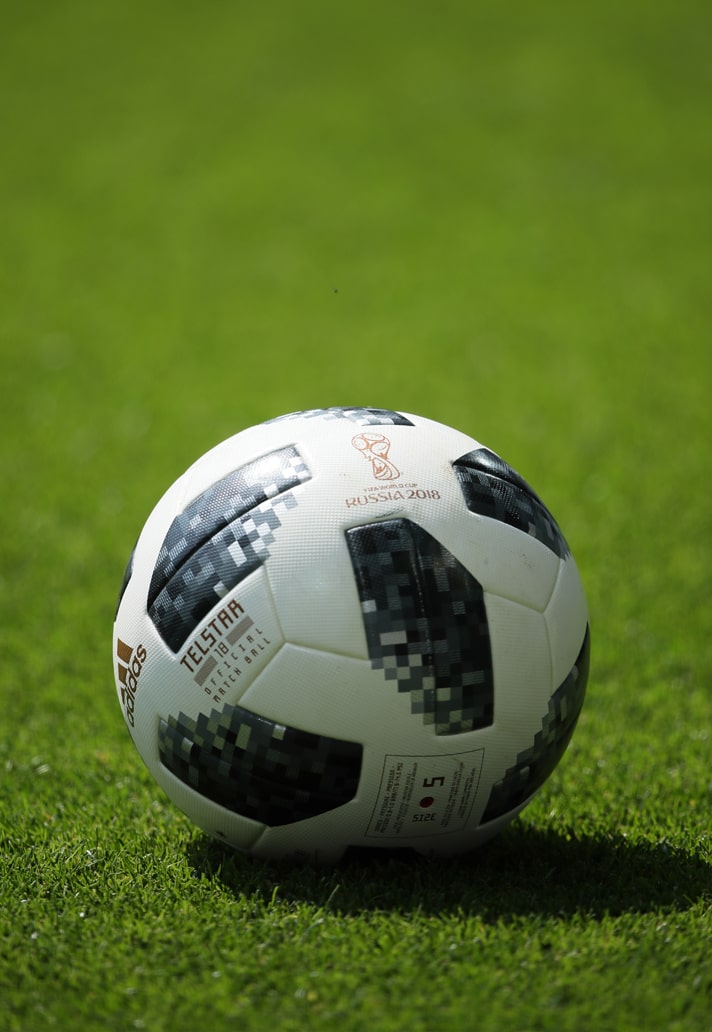

Now we get the latest edition, the Al Rihla. Designed to travel faster in flight than any other World Cup ball, it should make for some entertaining action. So here’s to all the stories and moments that are yet to come with it. The World Cup and adidas footballs seem like a match made in heaven, one that has created countless iconic moments throughout the last 13 World Cups. Let’s see what you’ve got 2022.
Shop adidas footballs at prodirectsoccer.com
